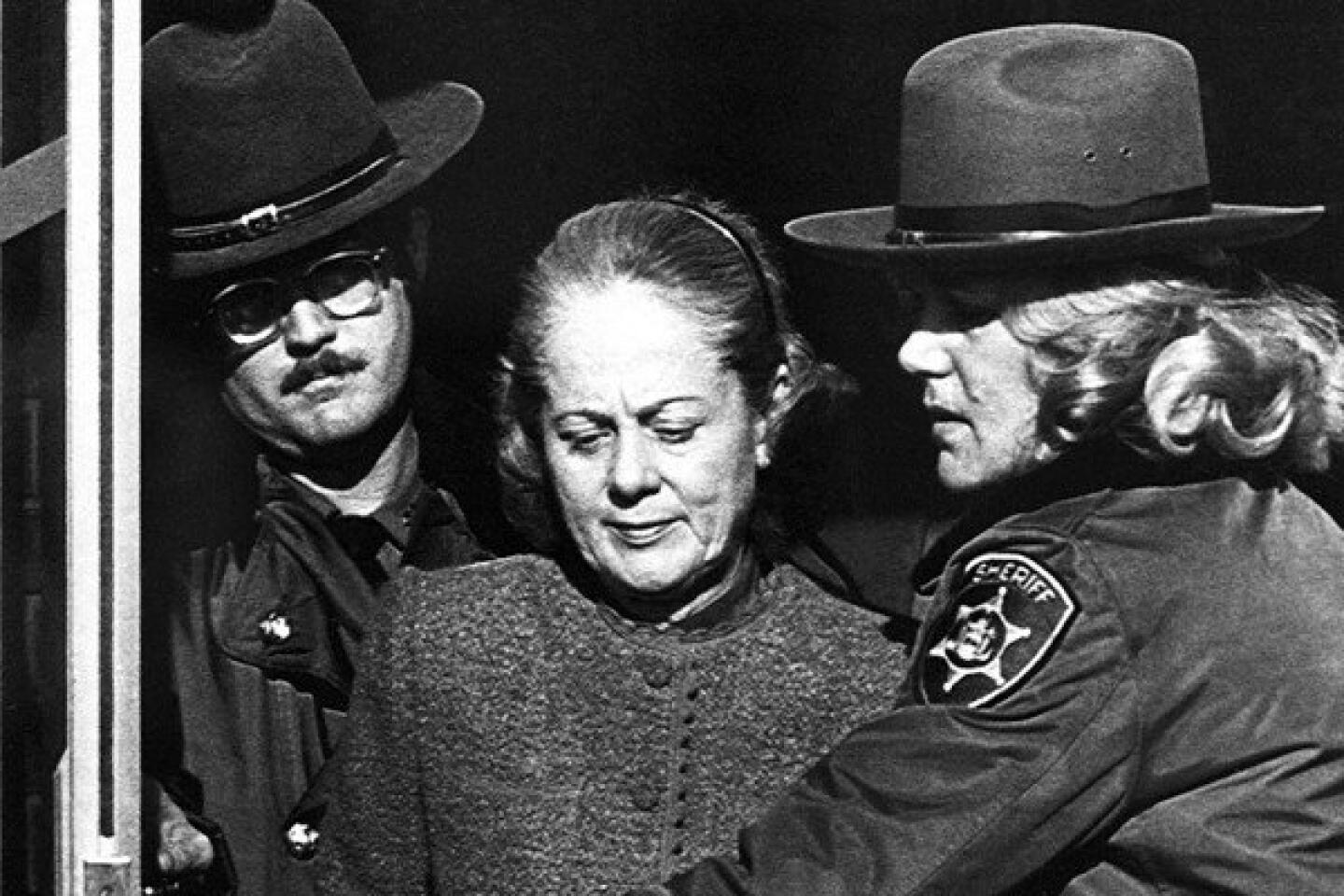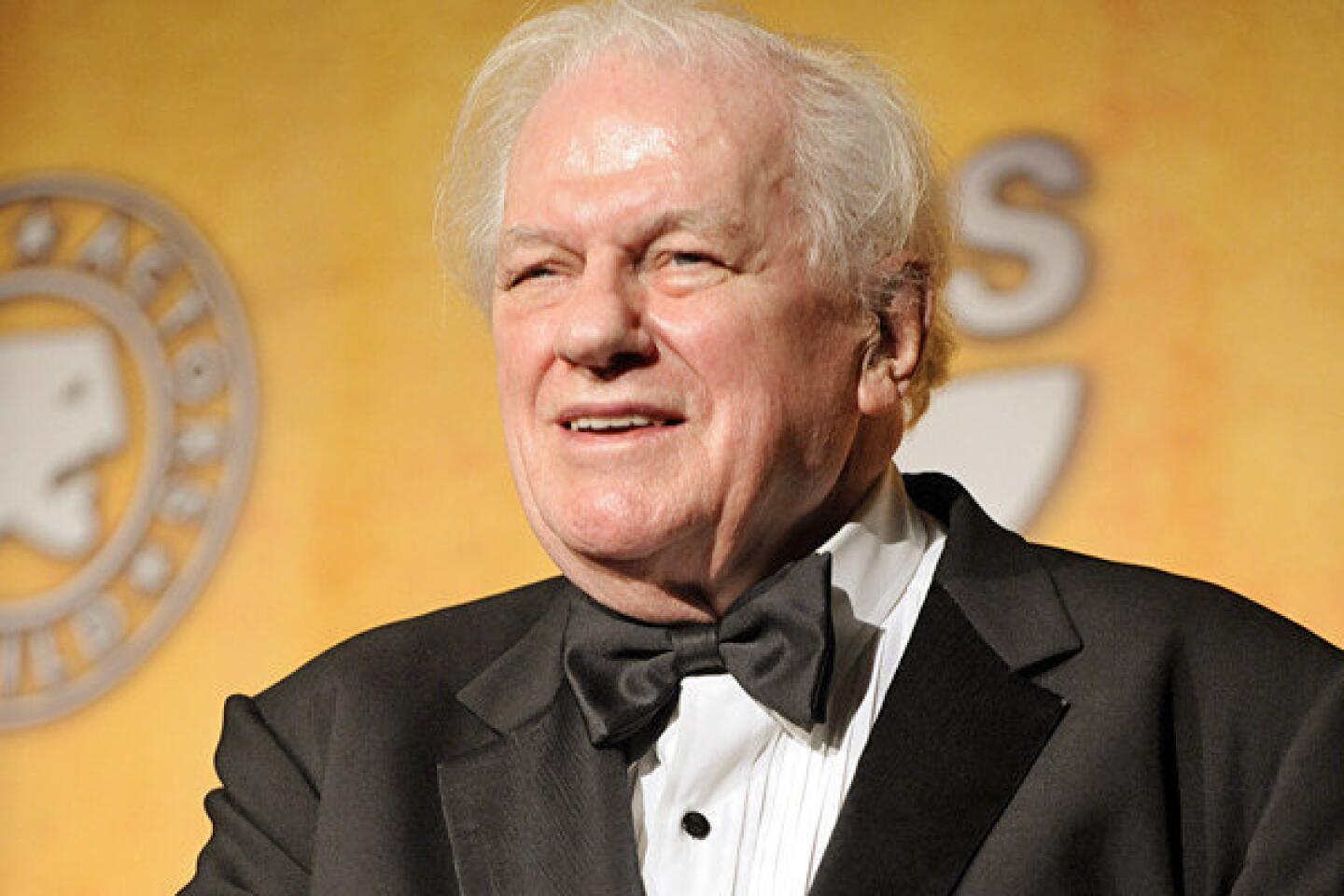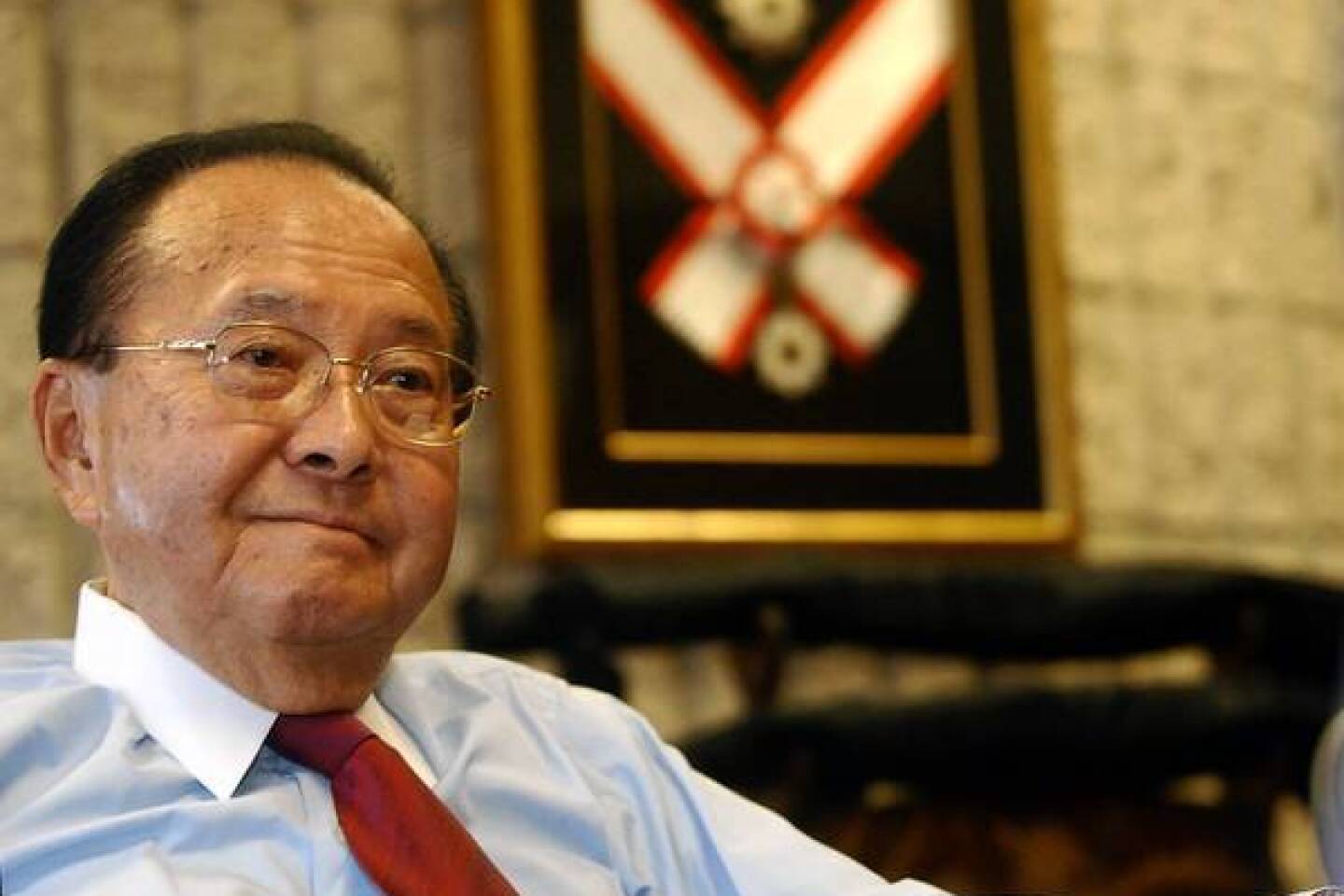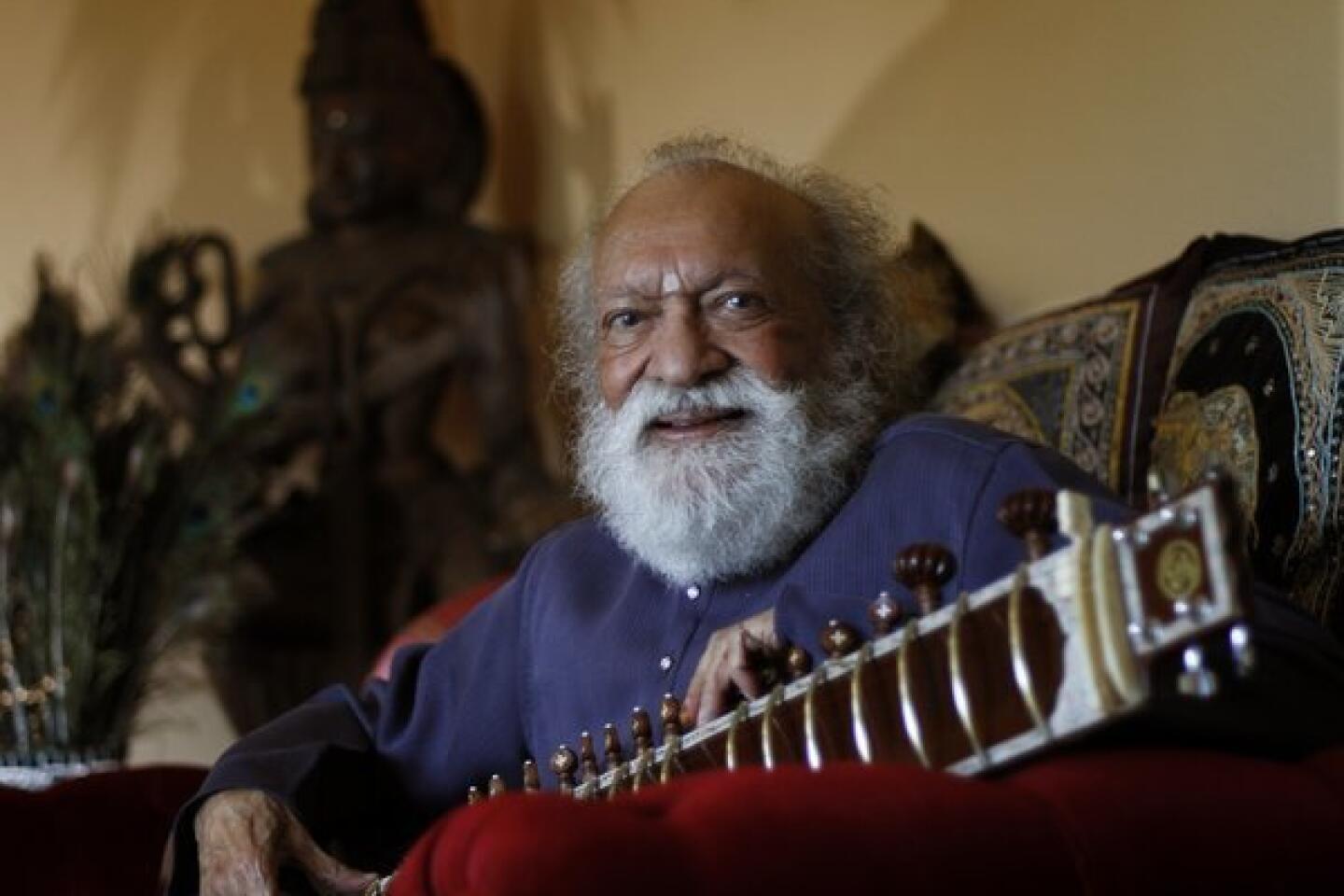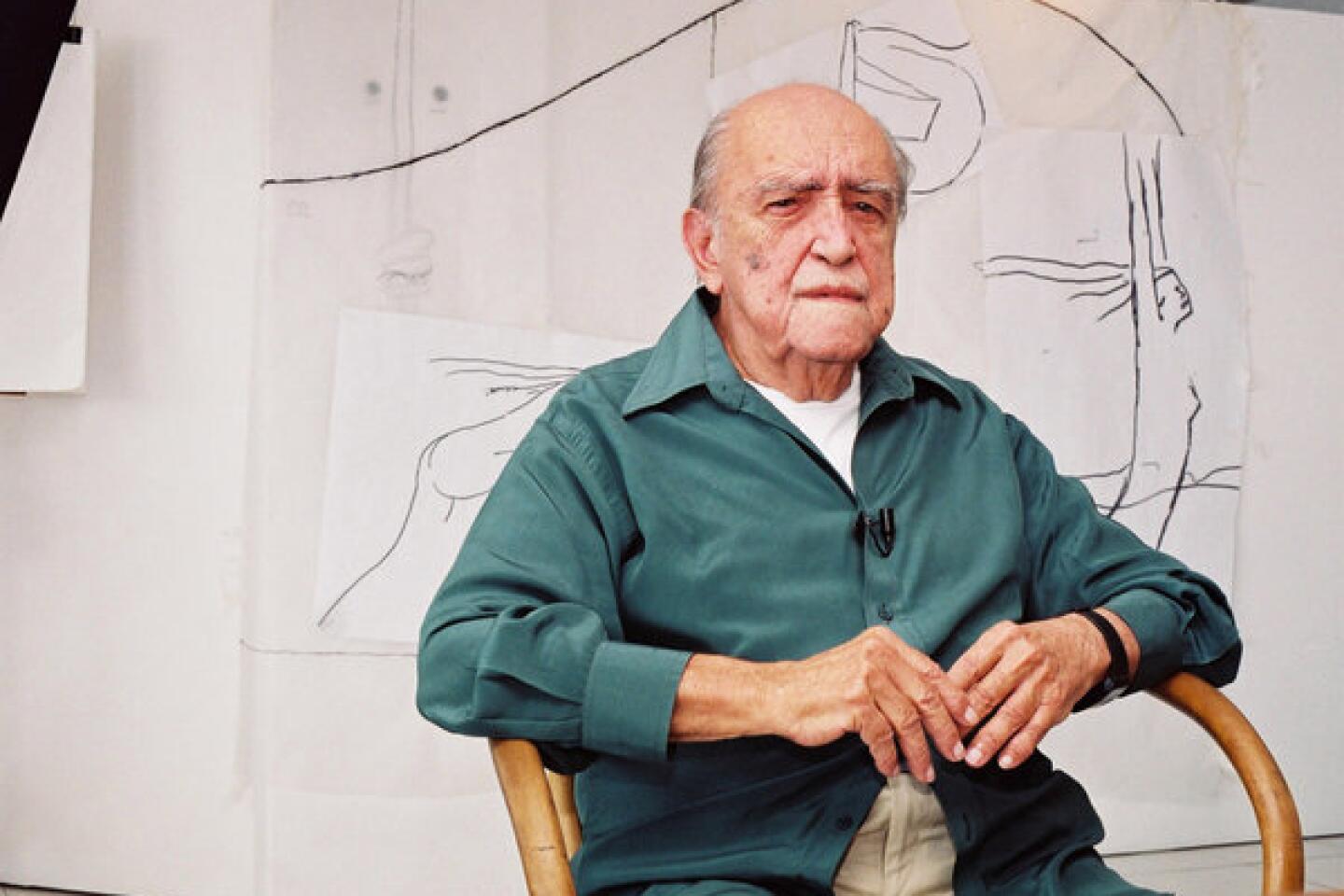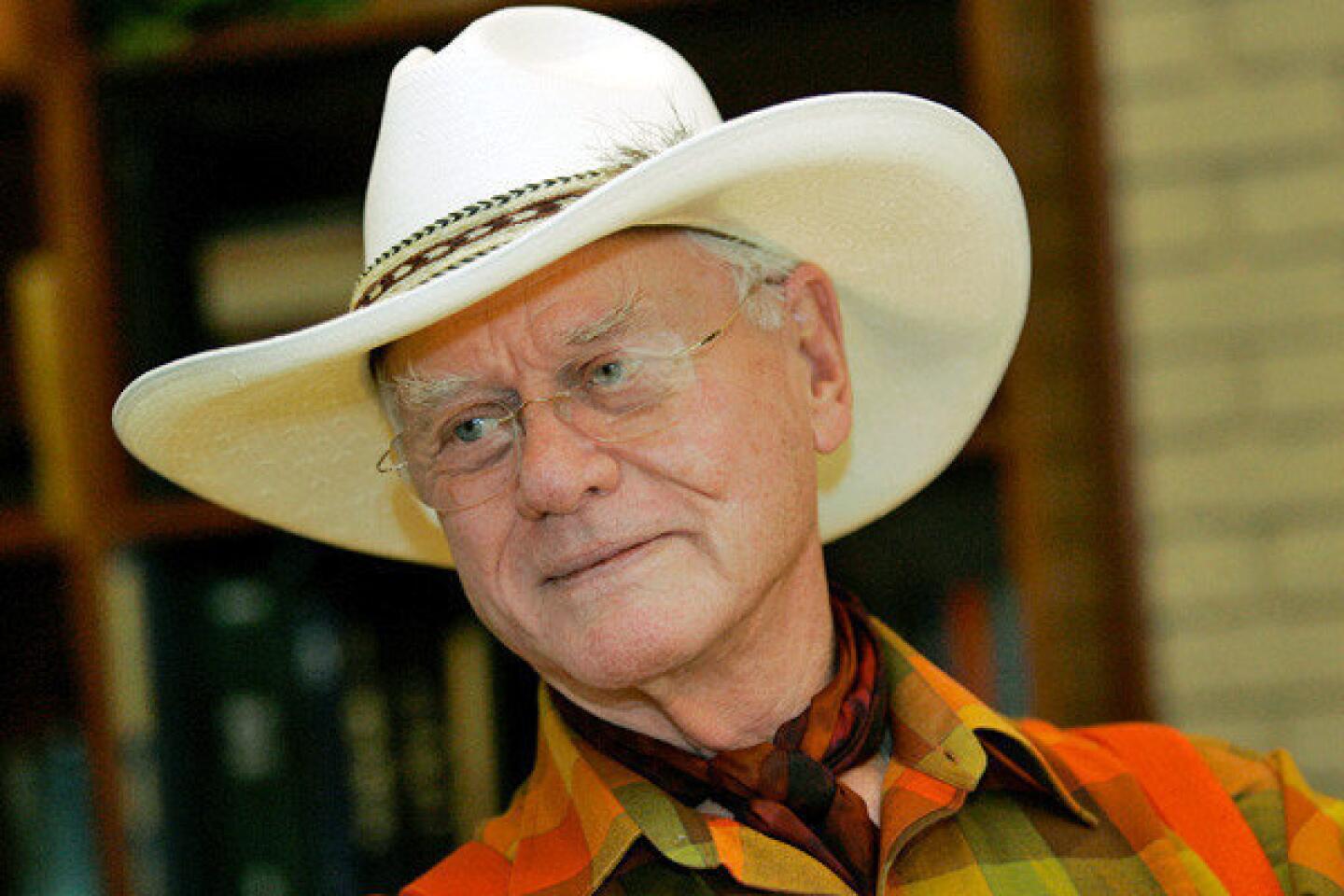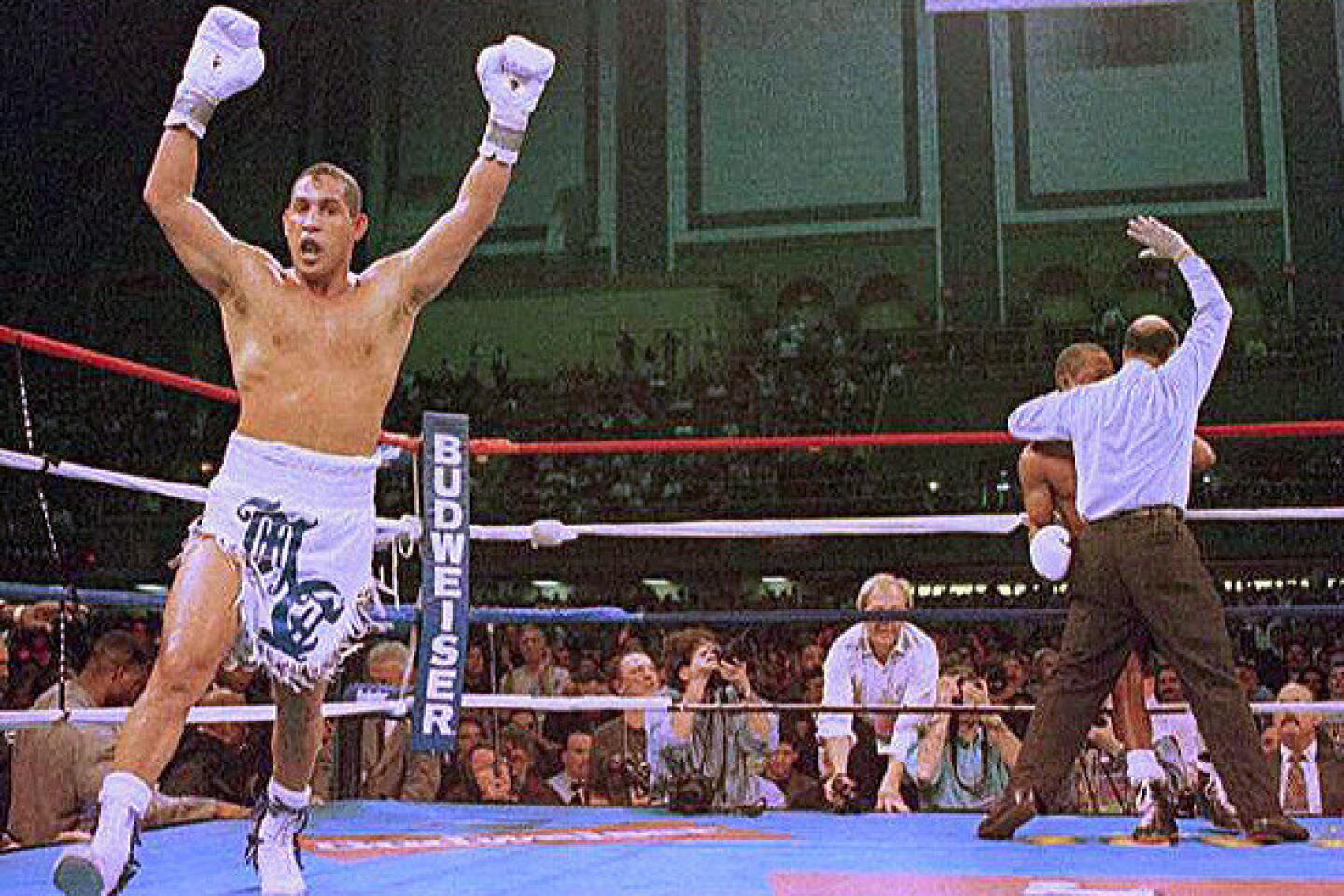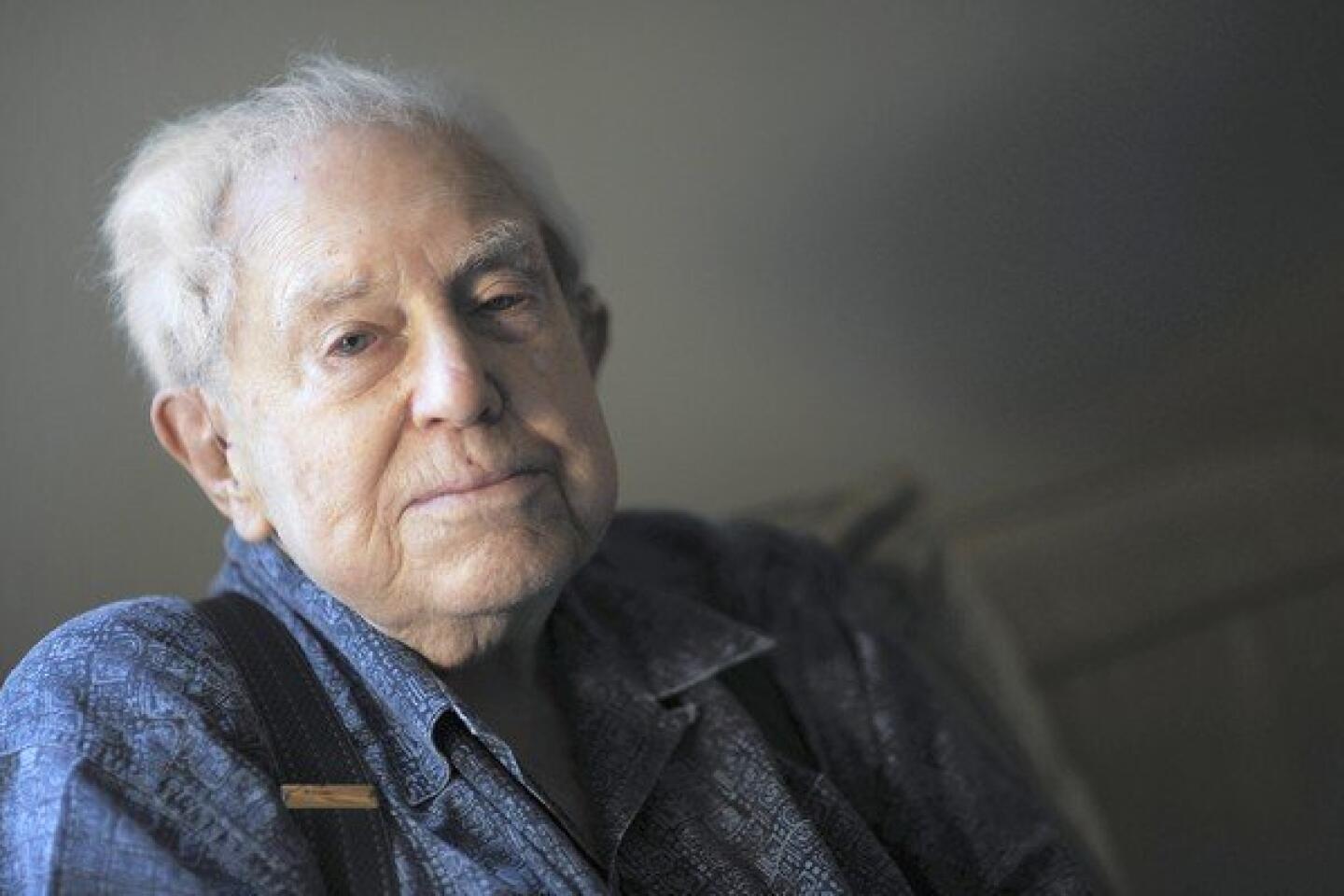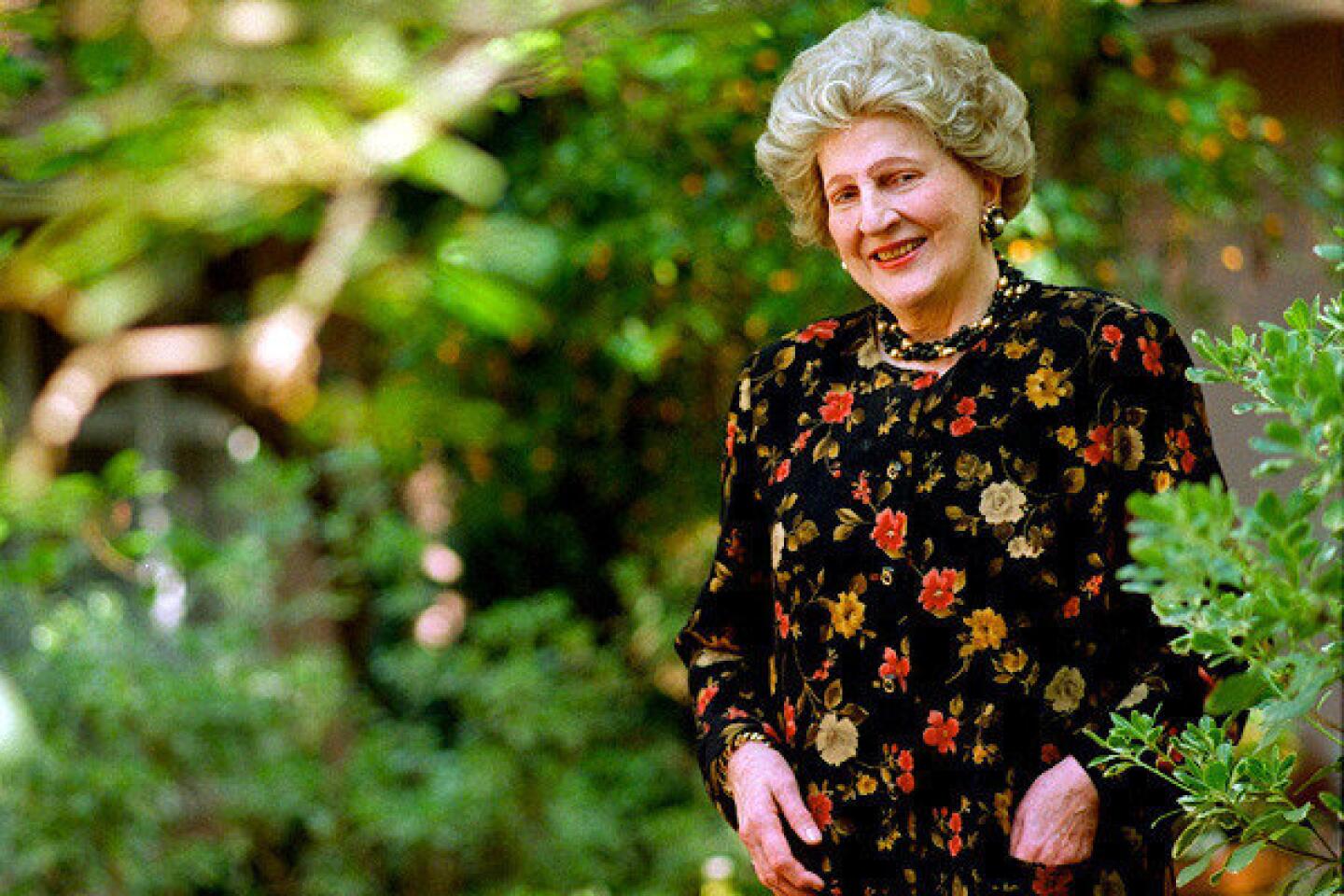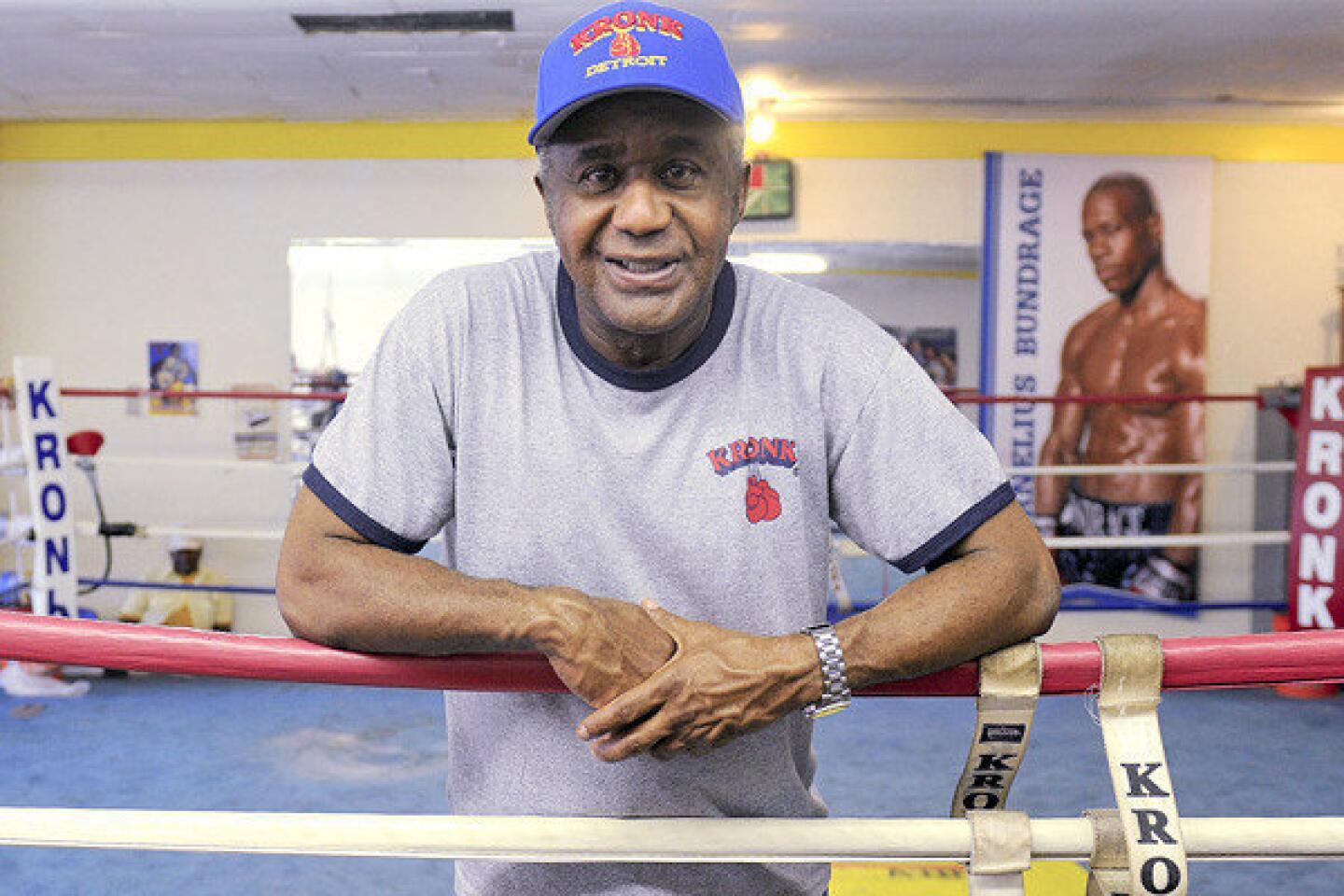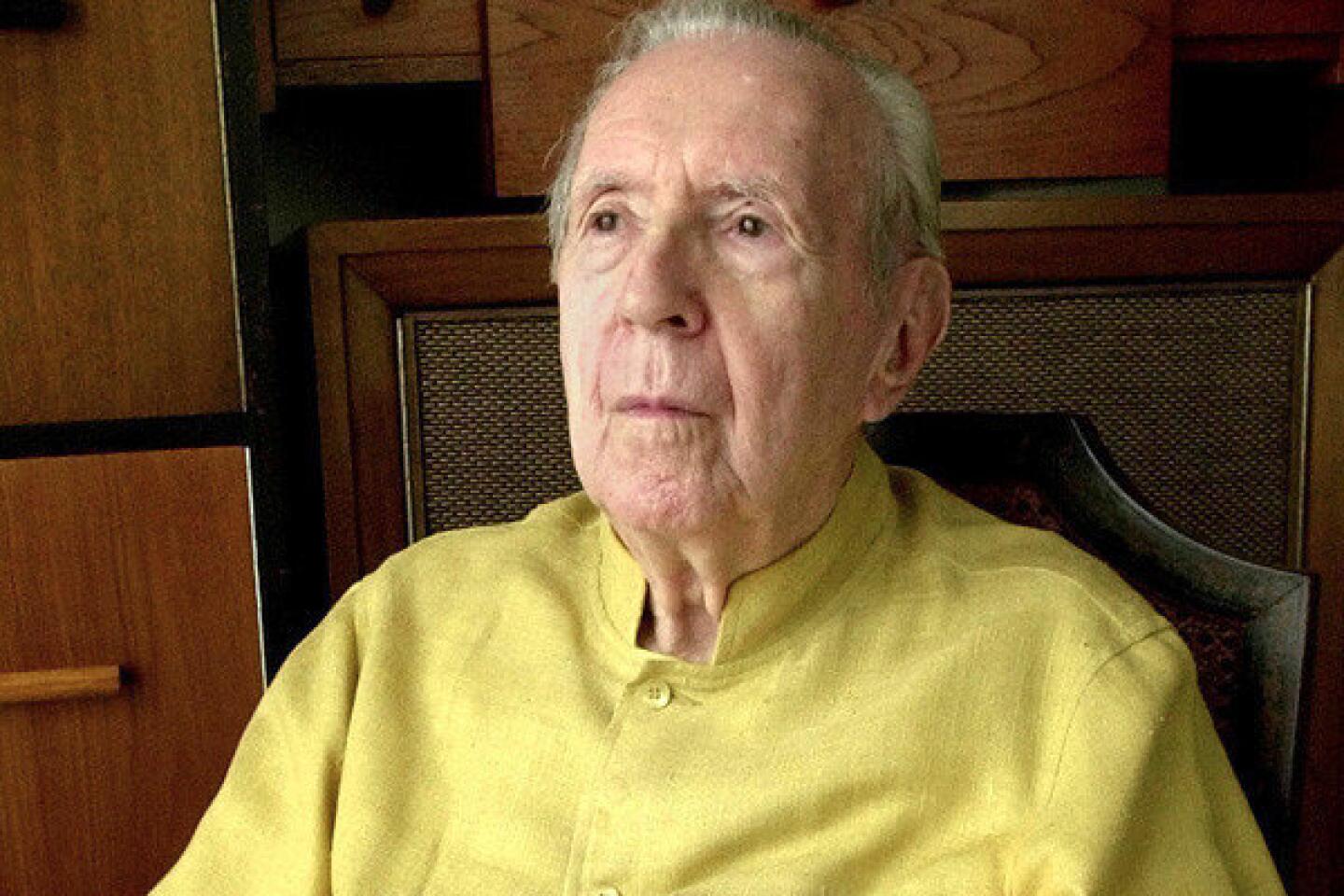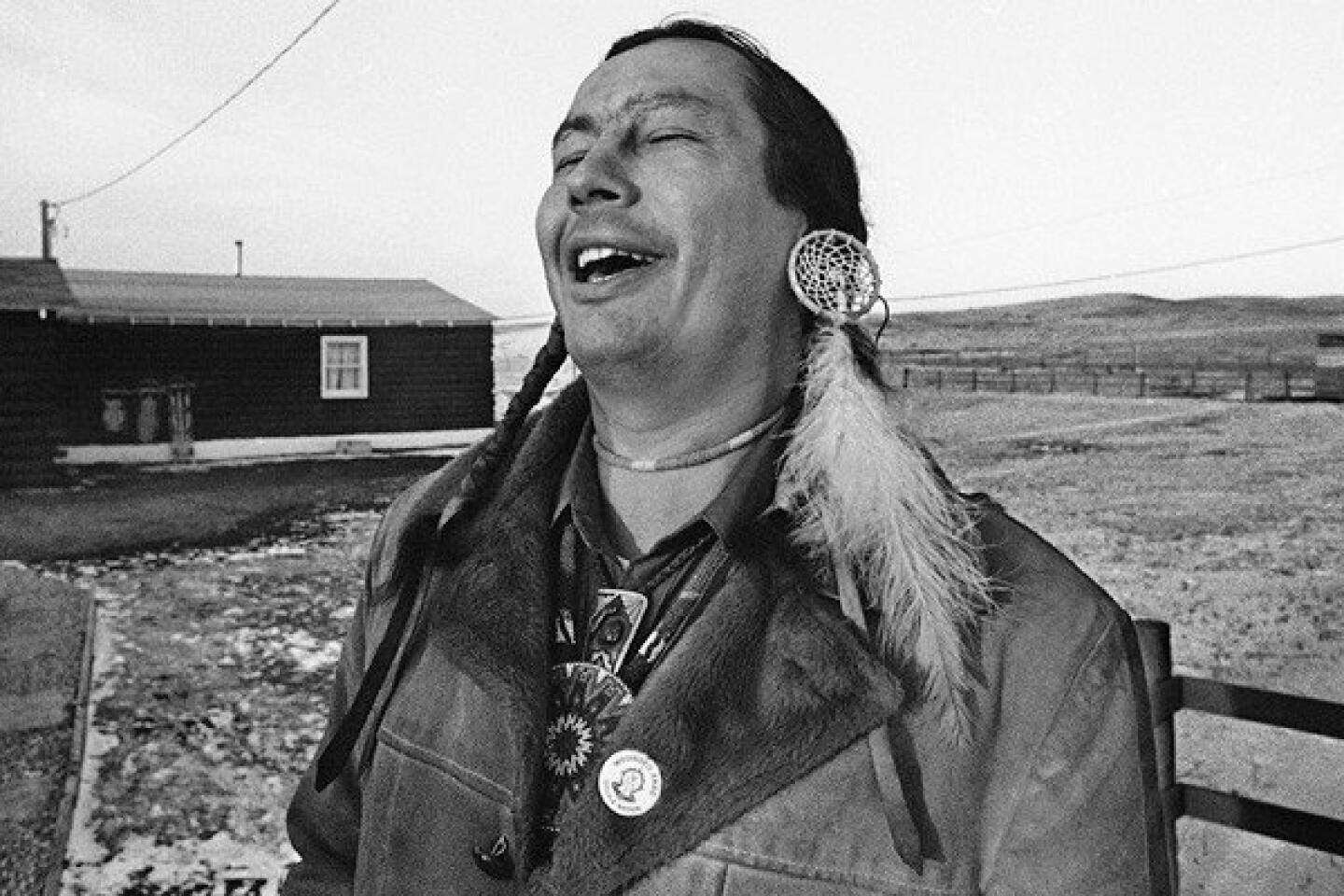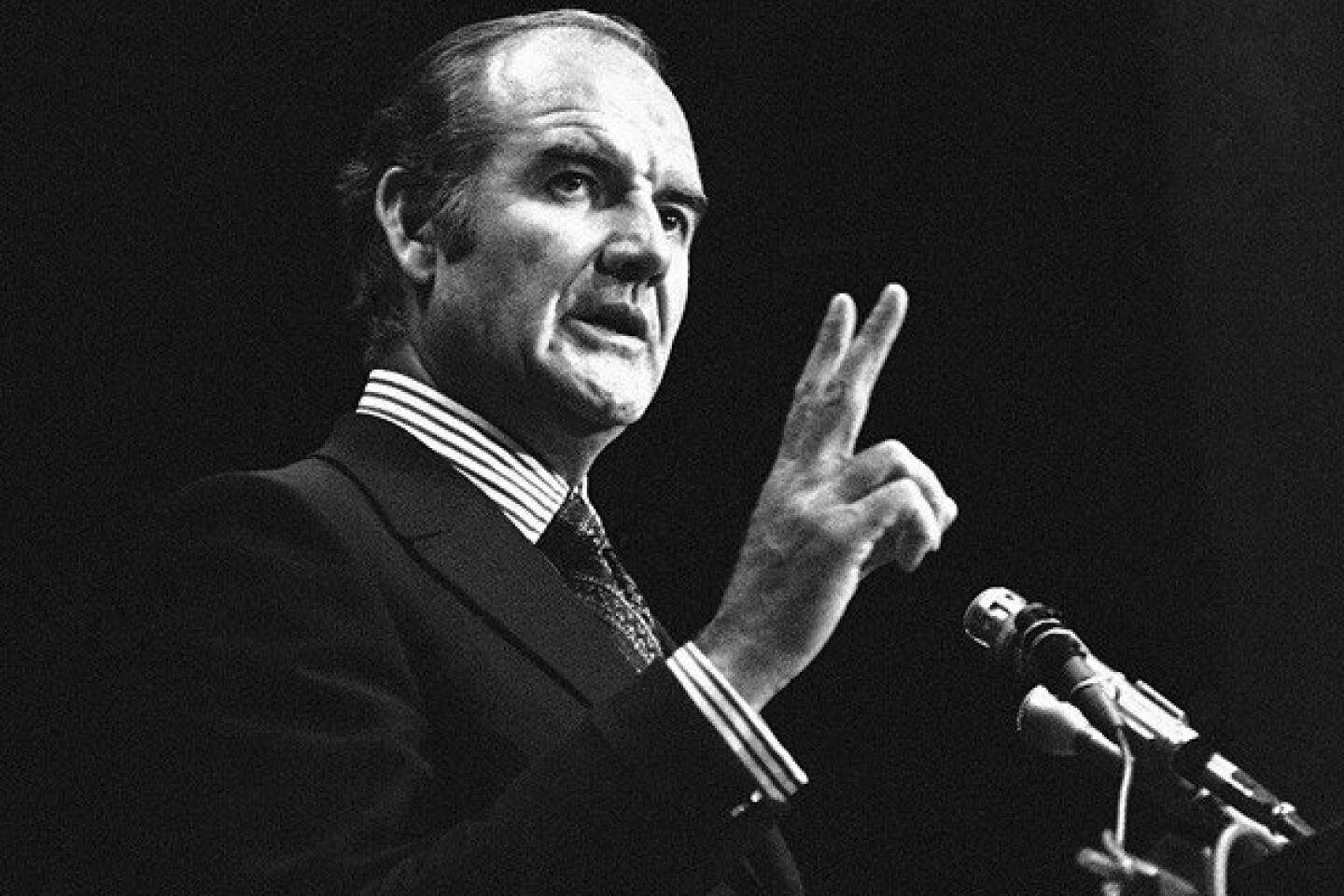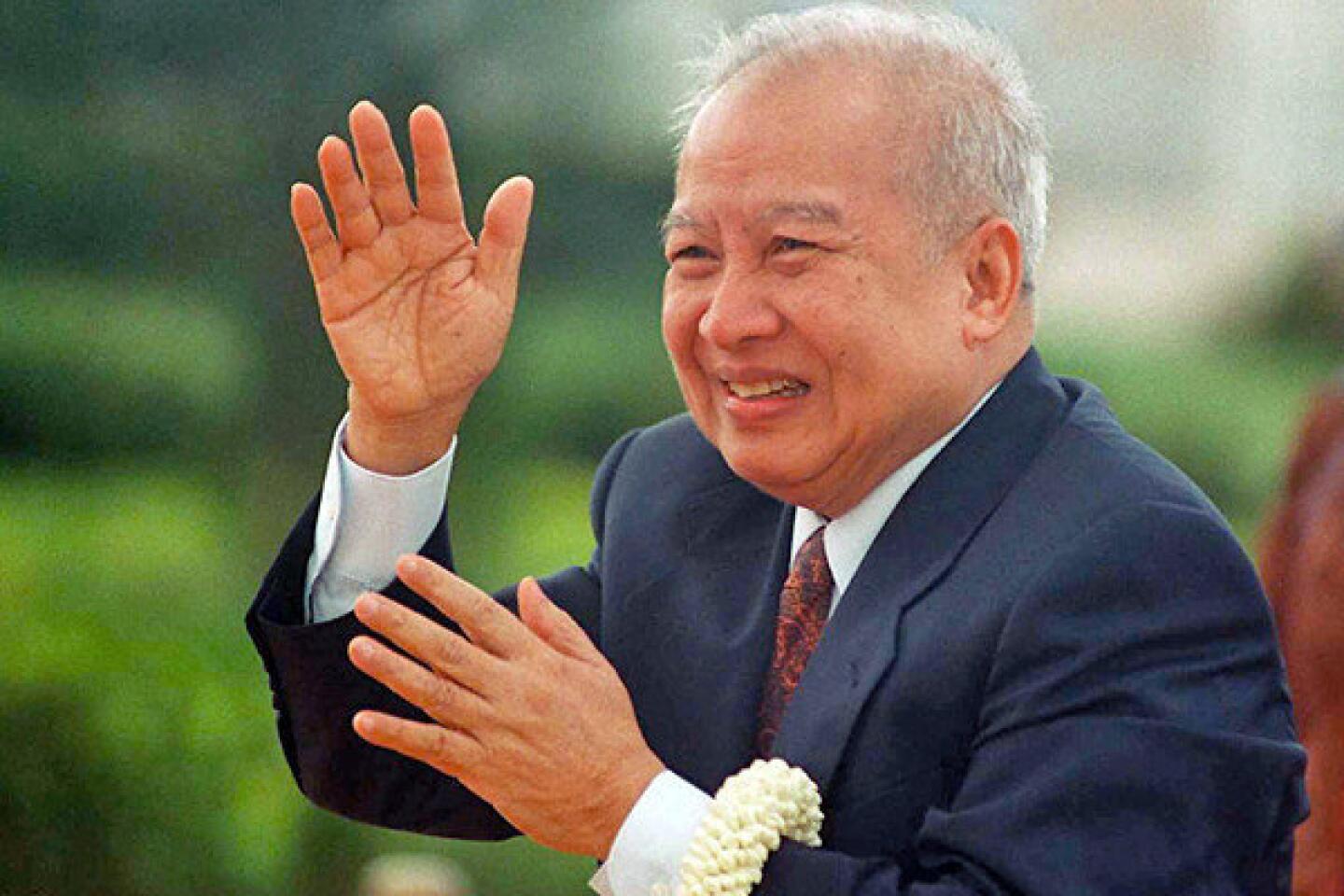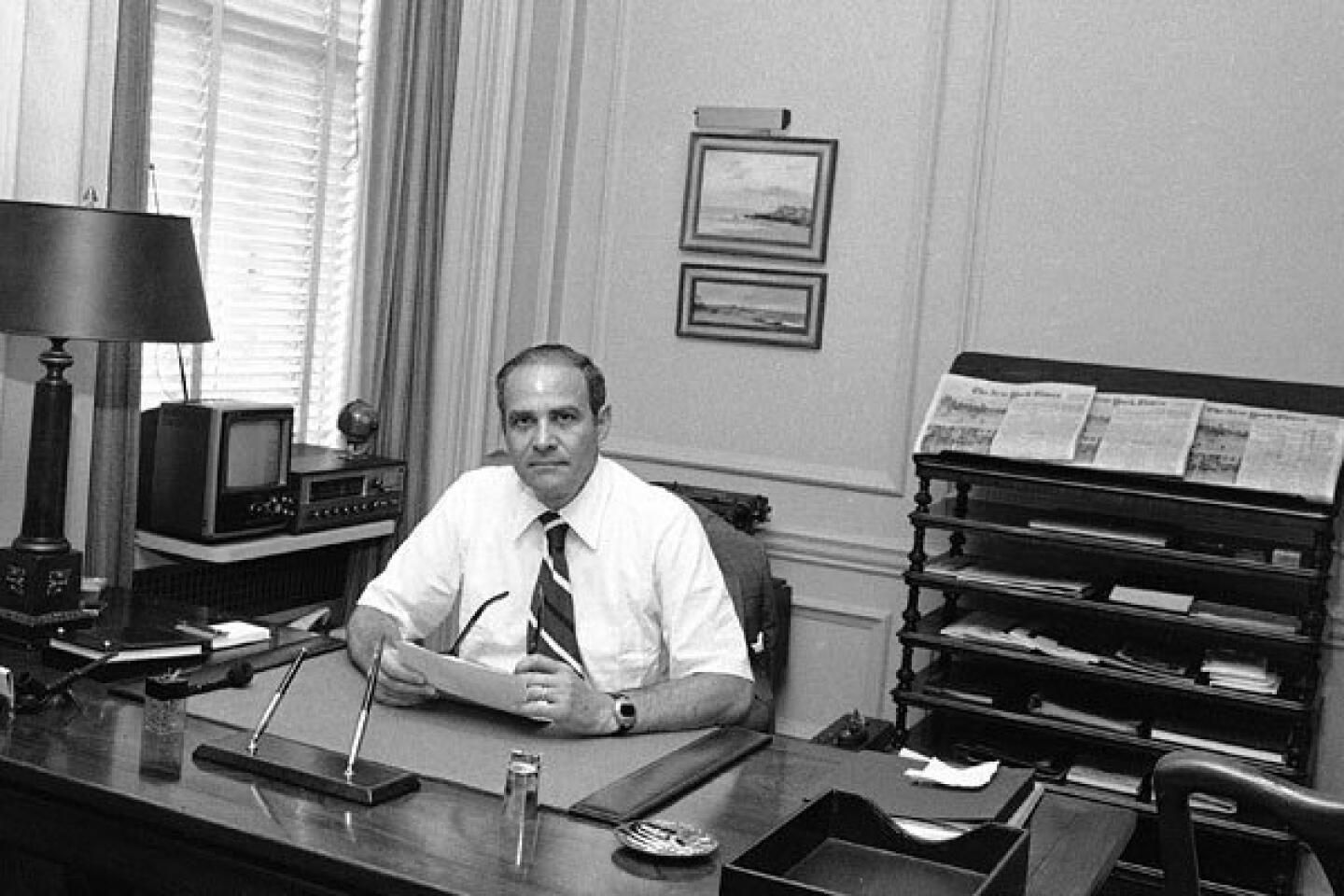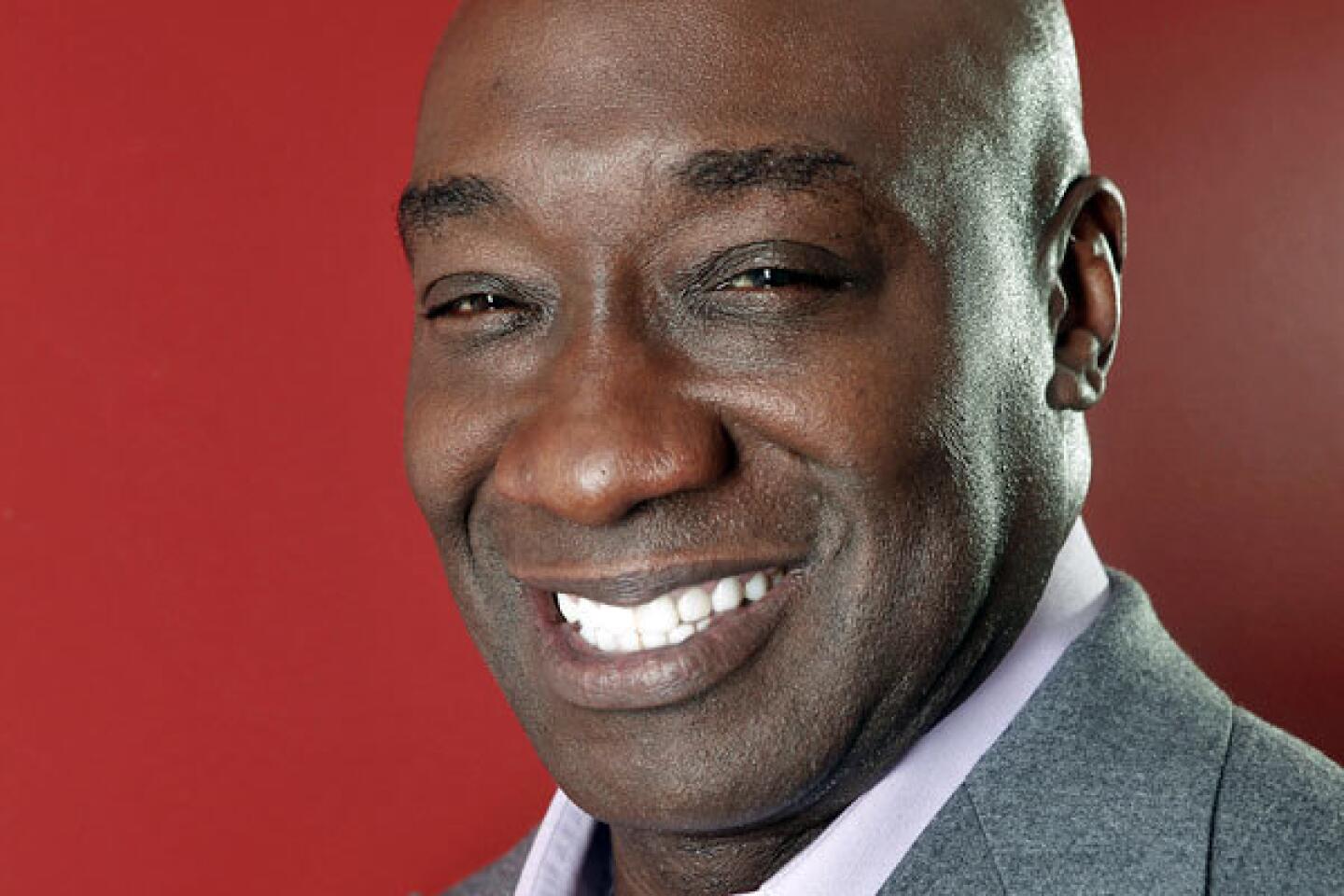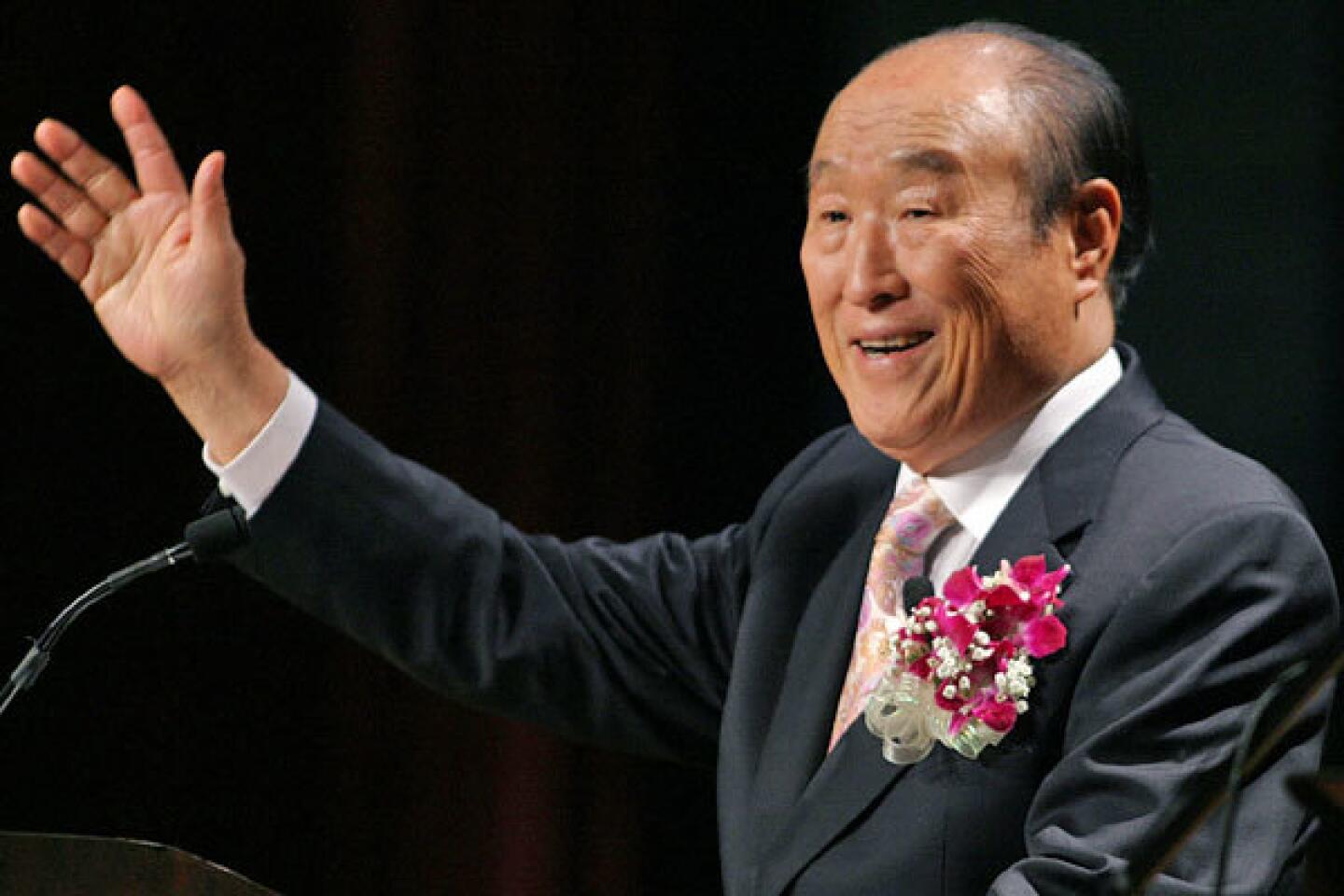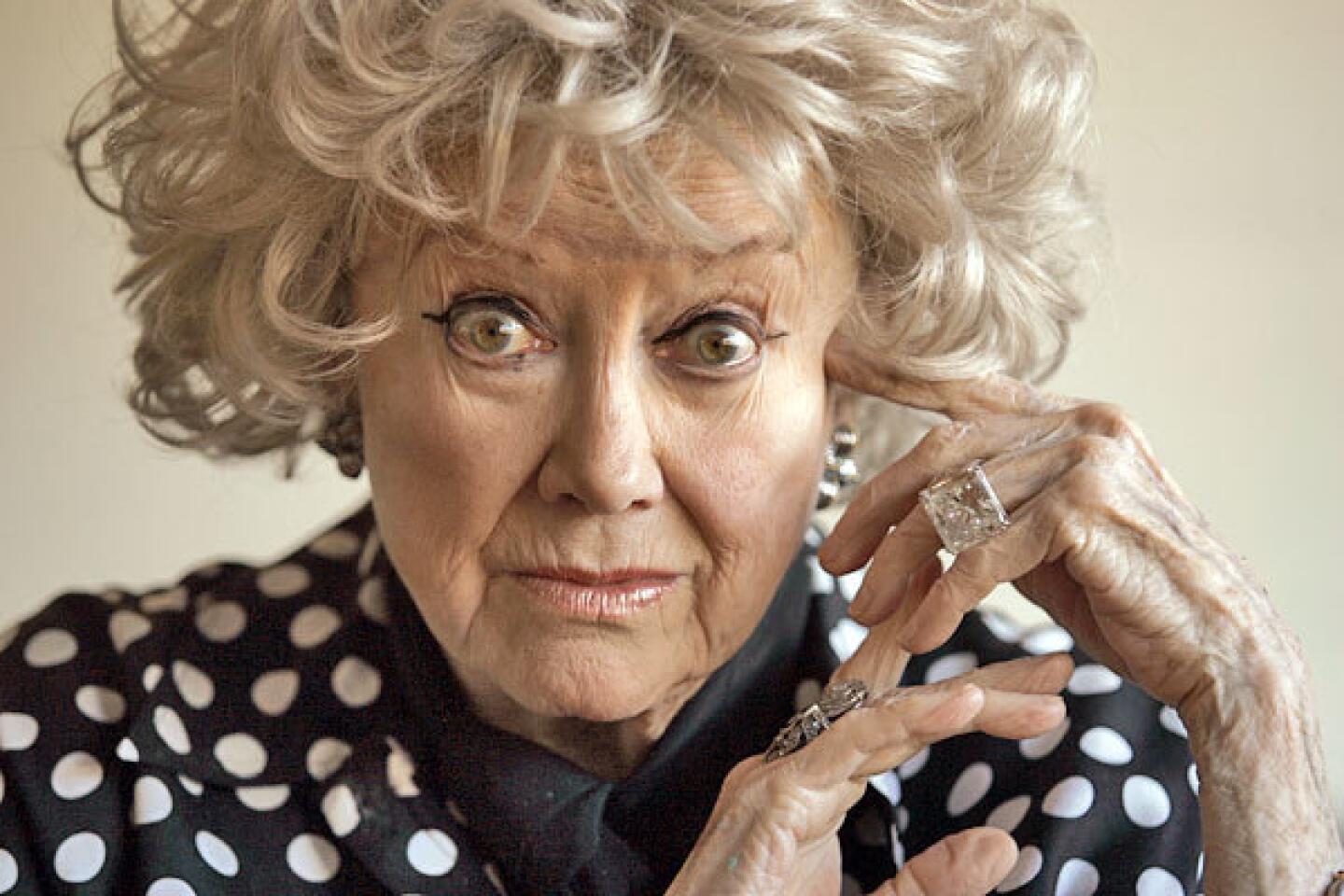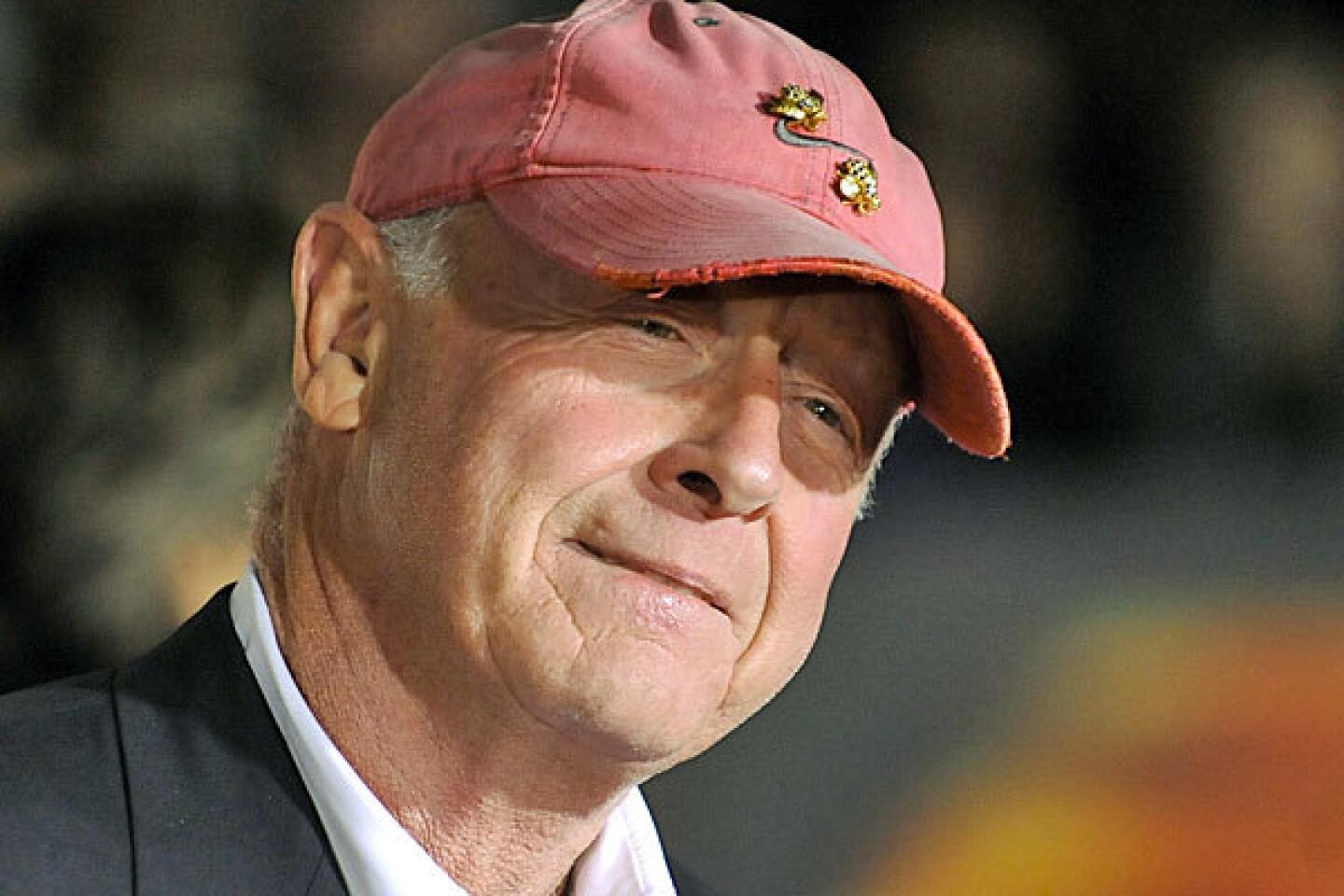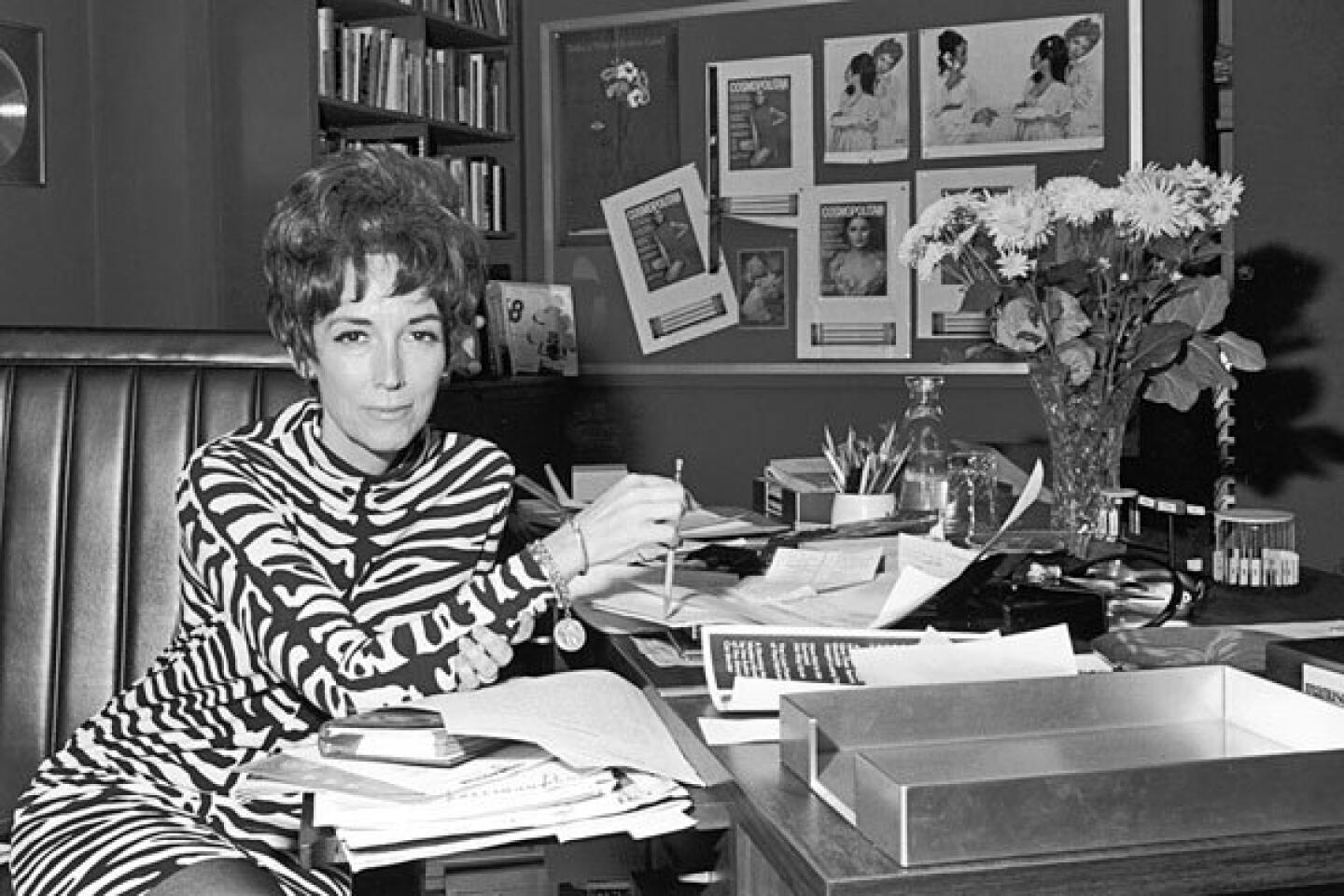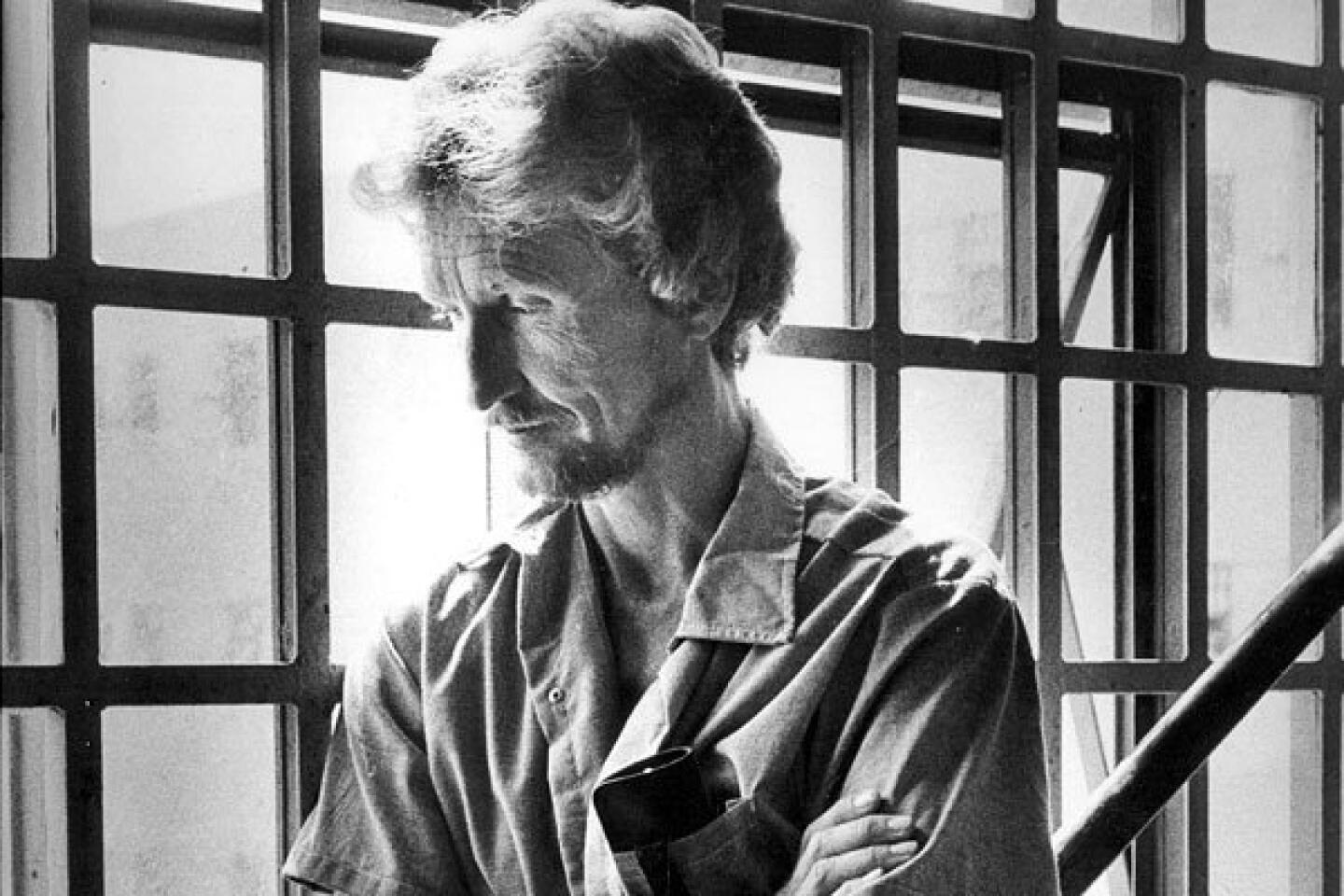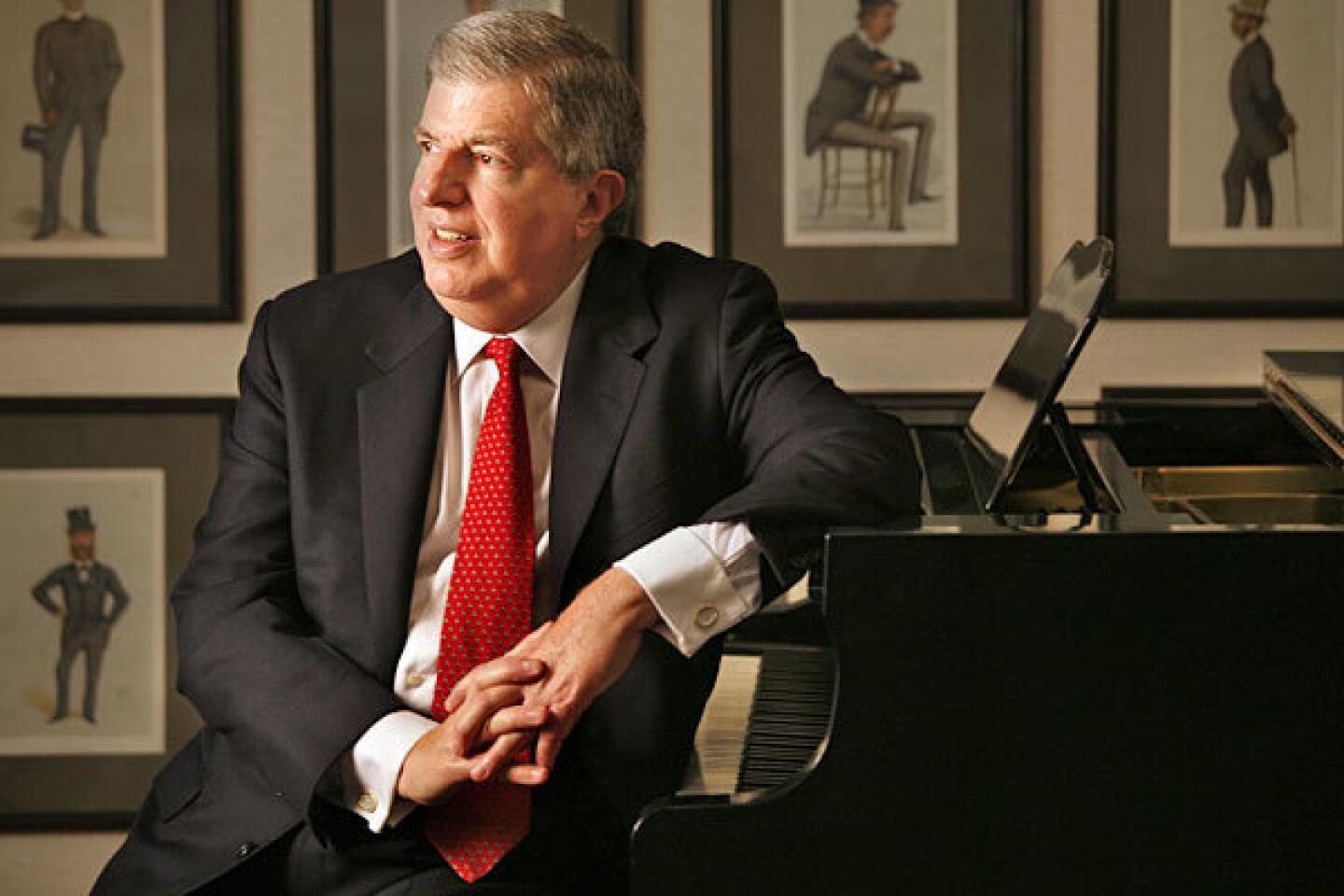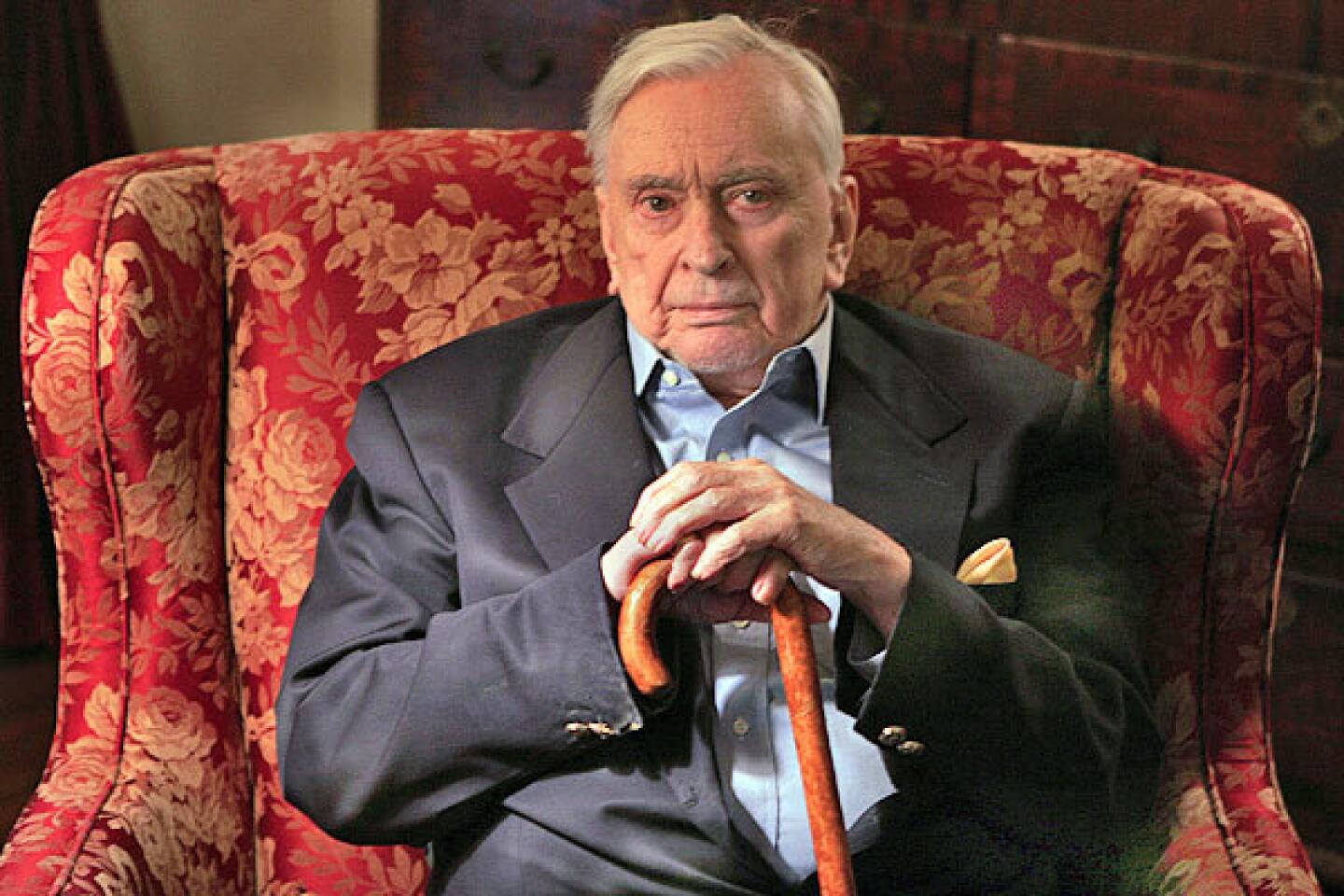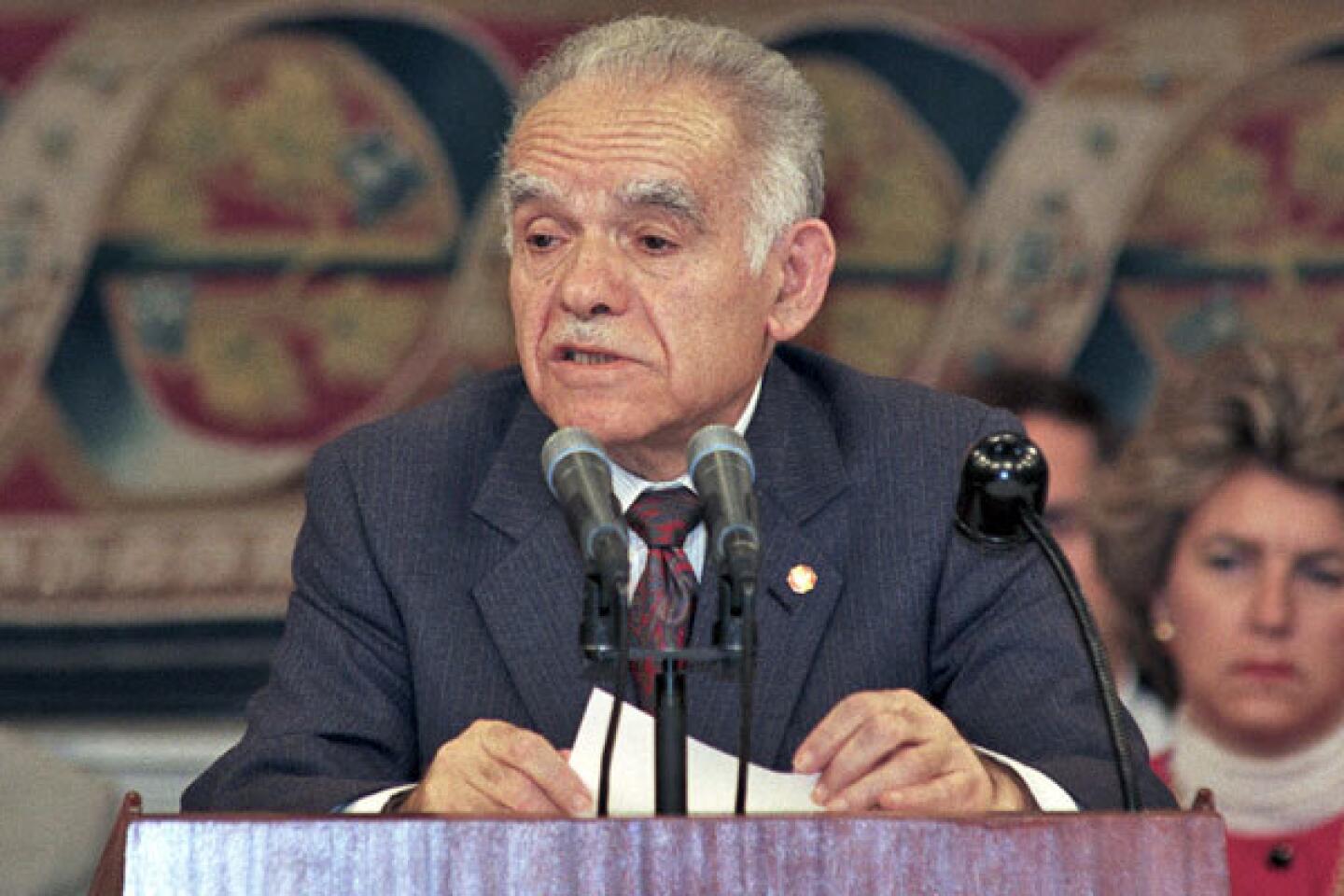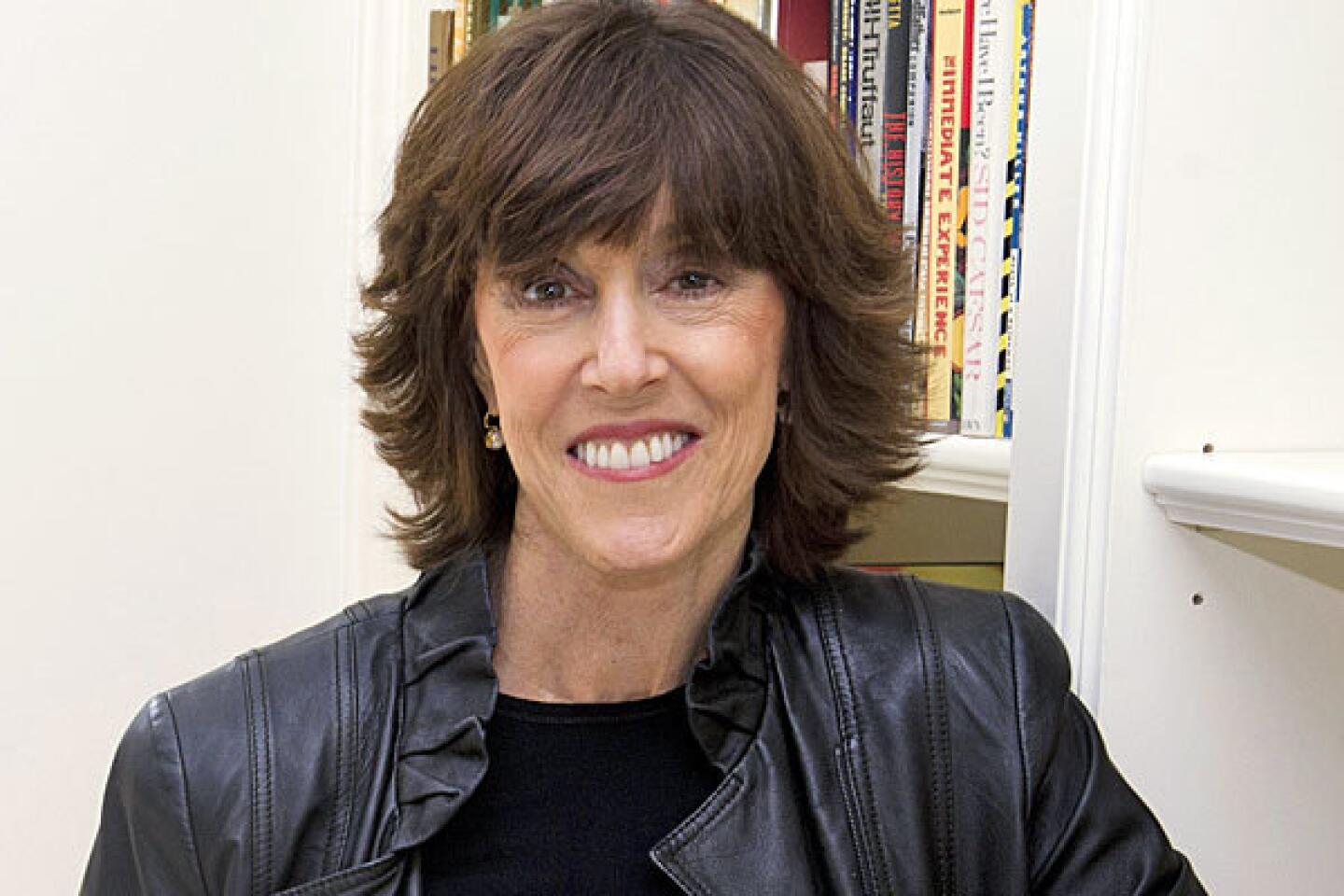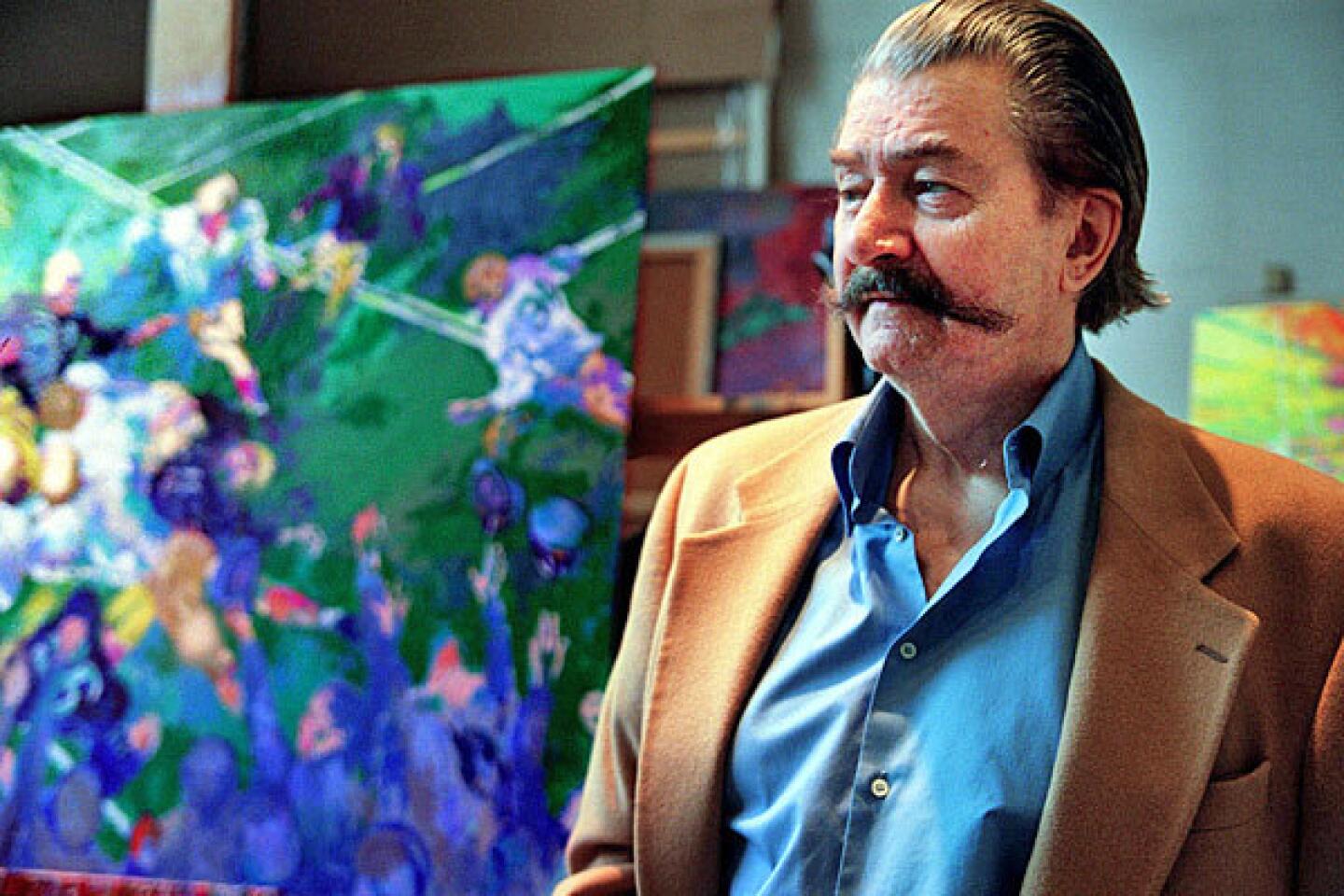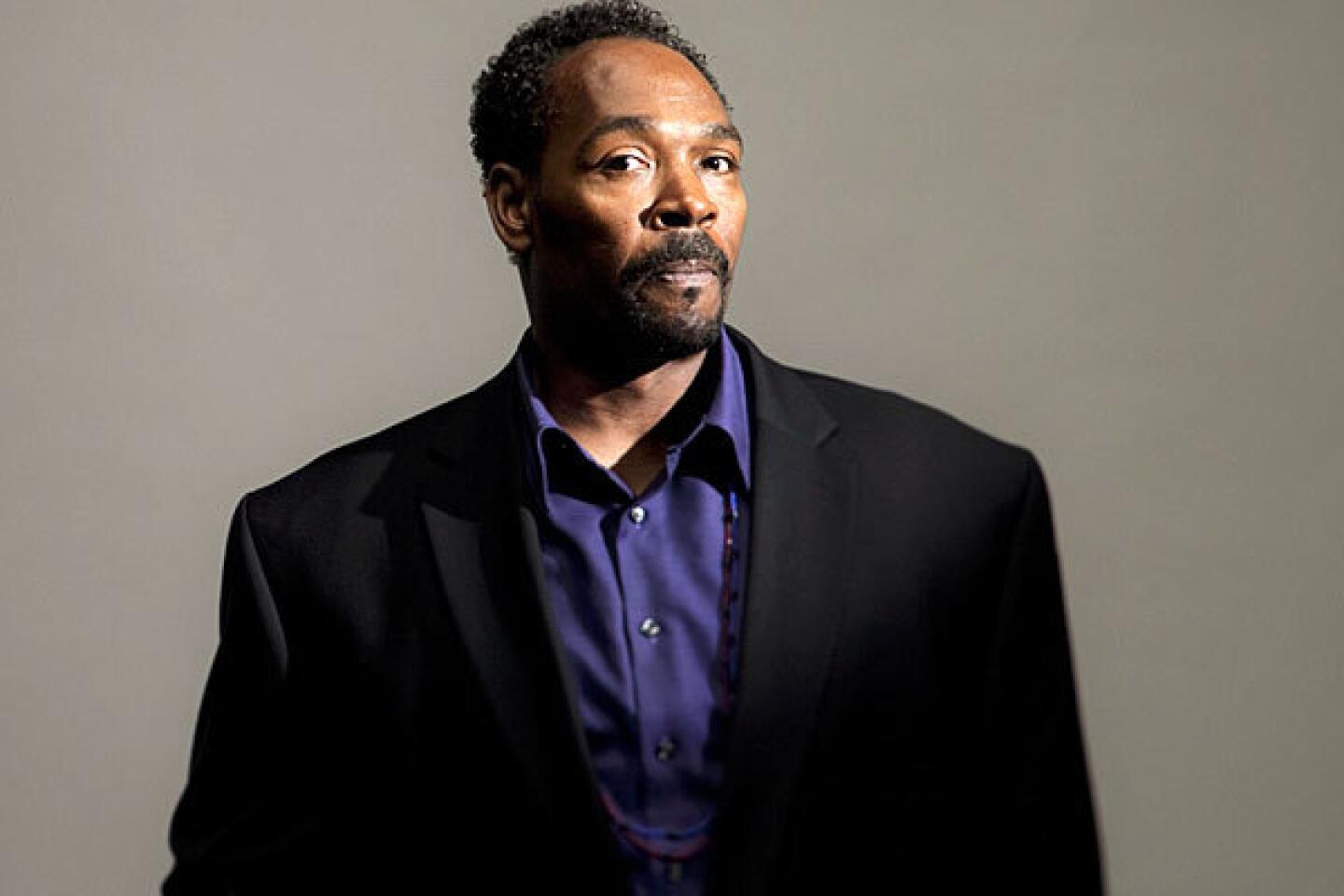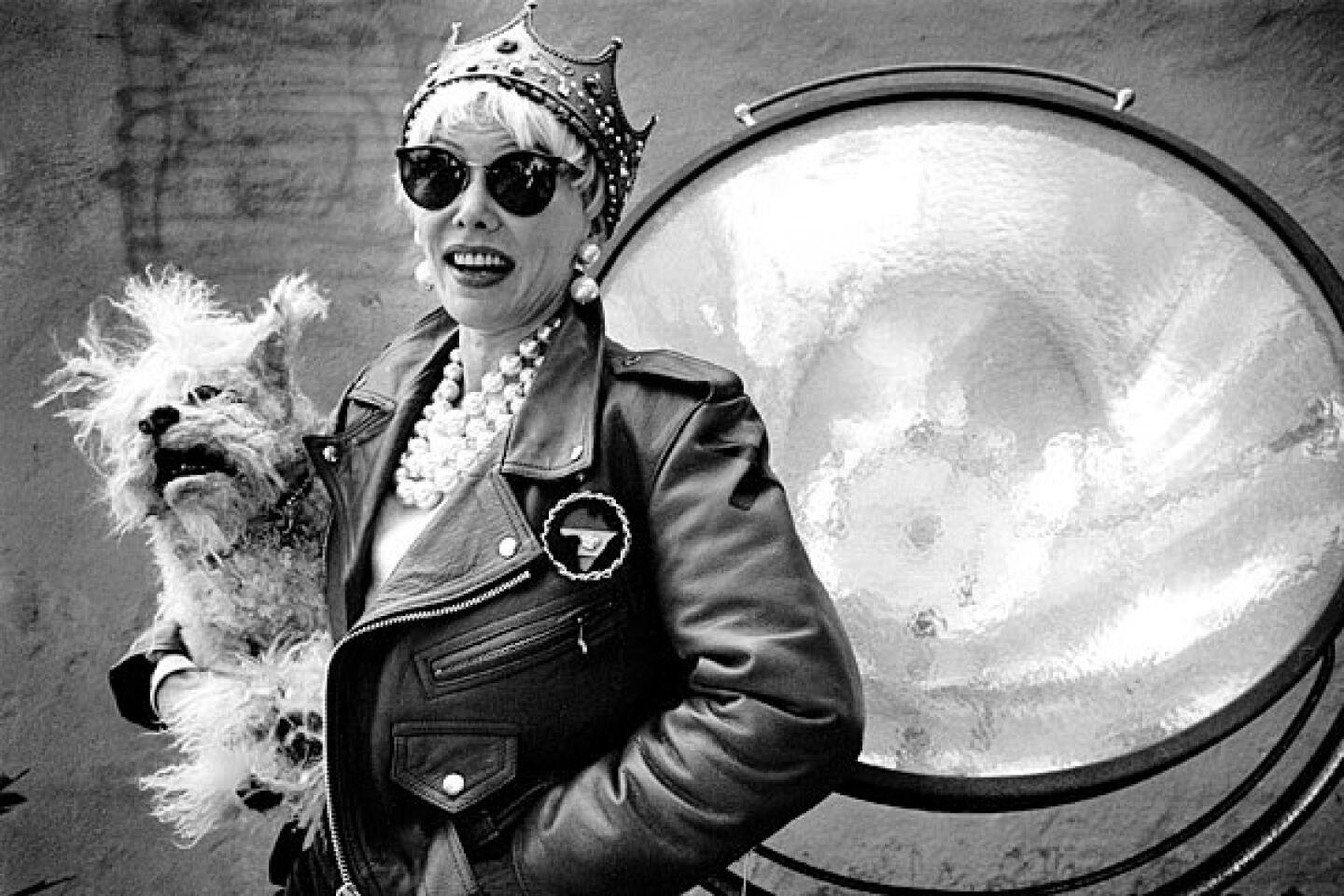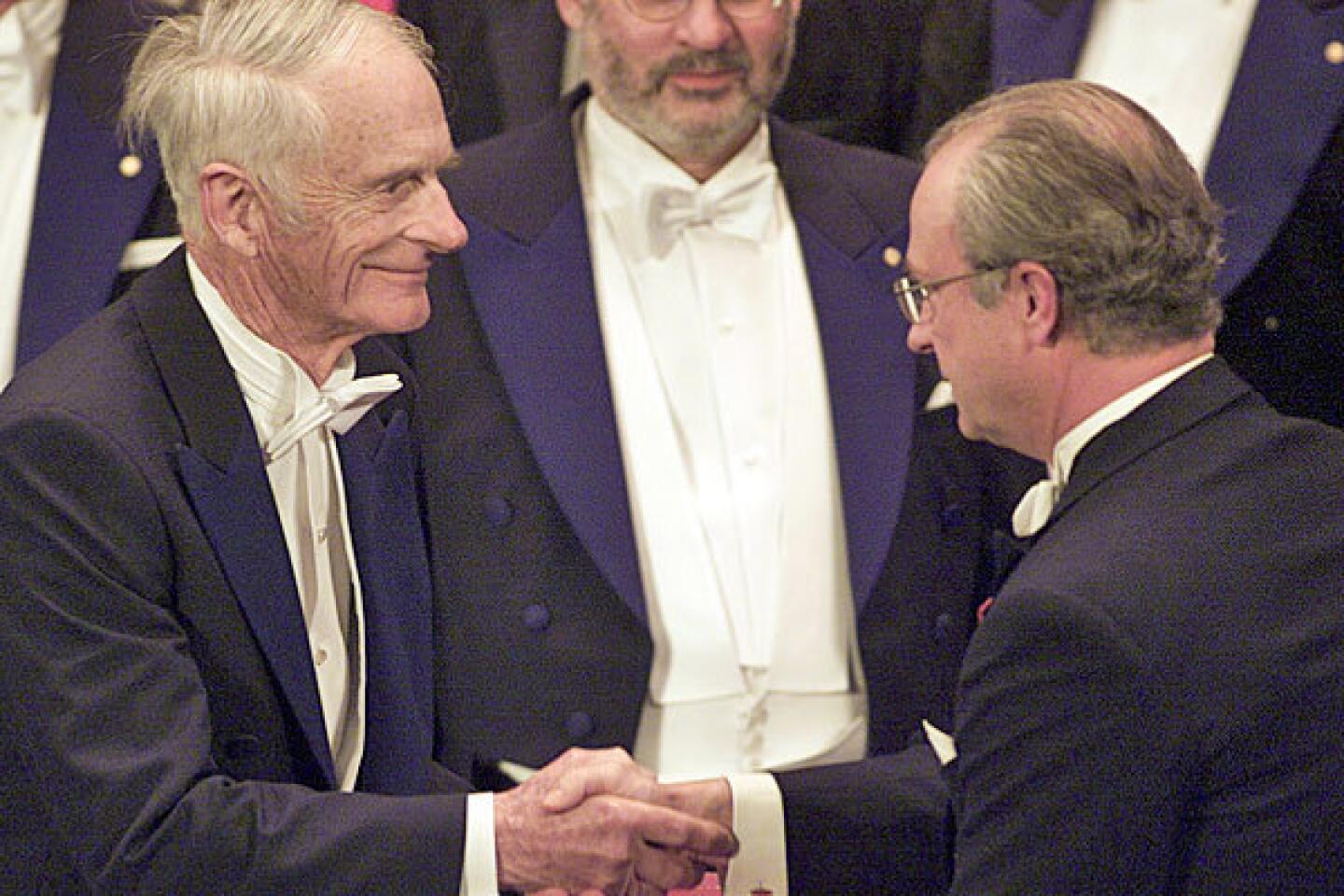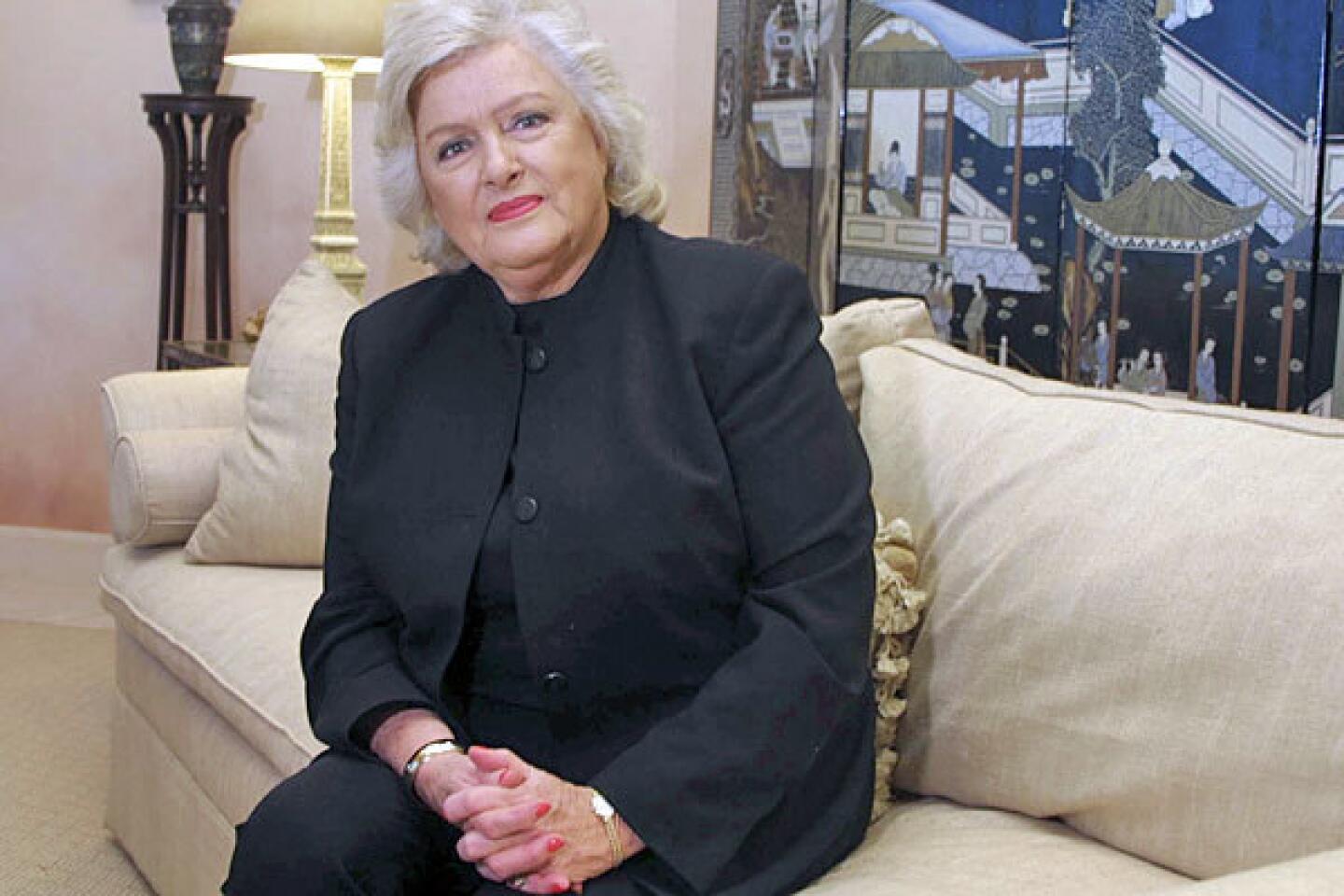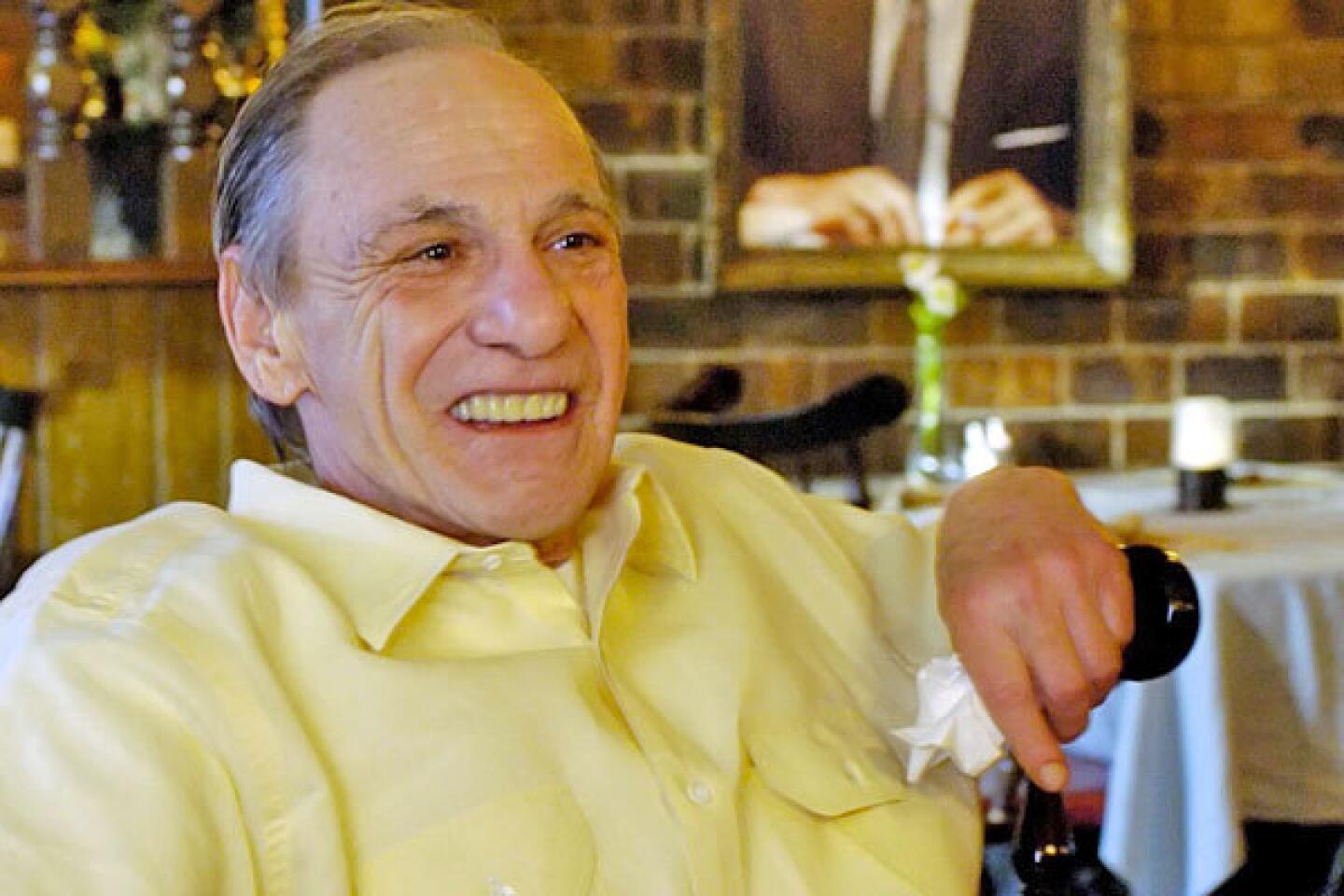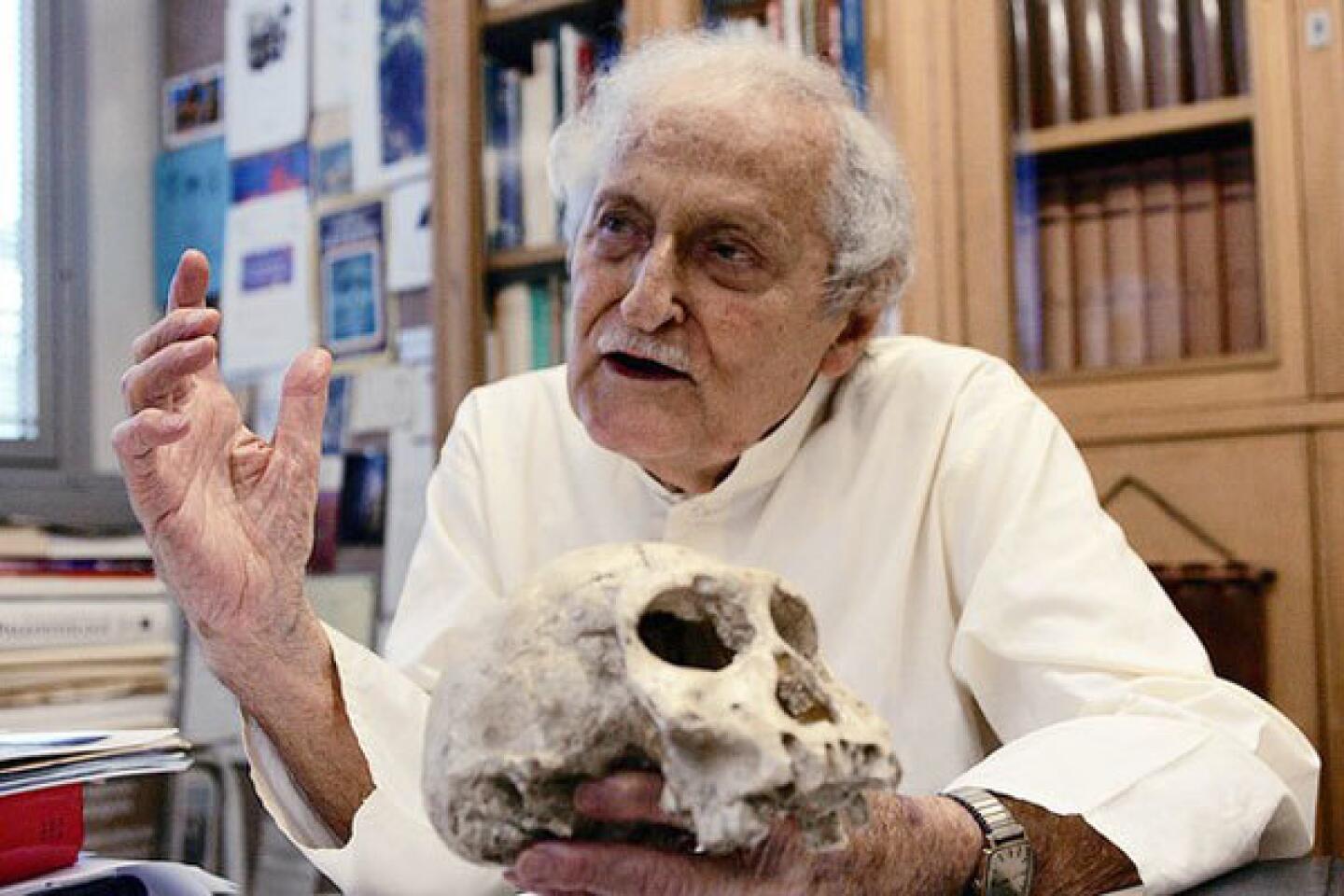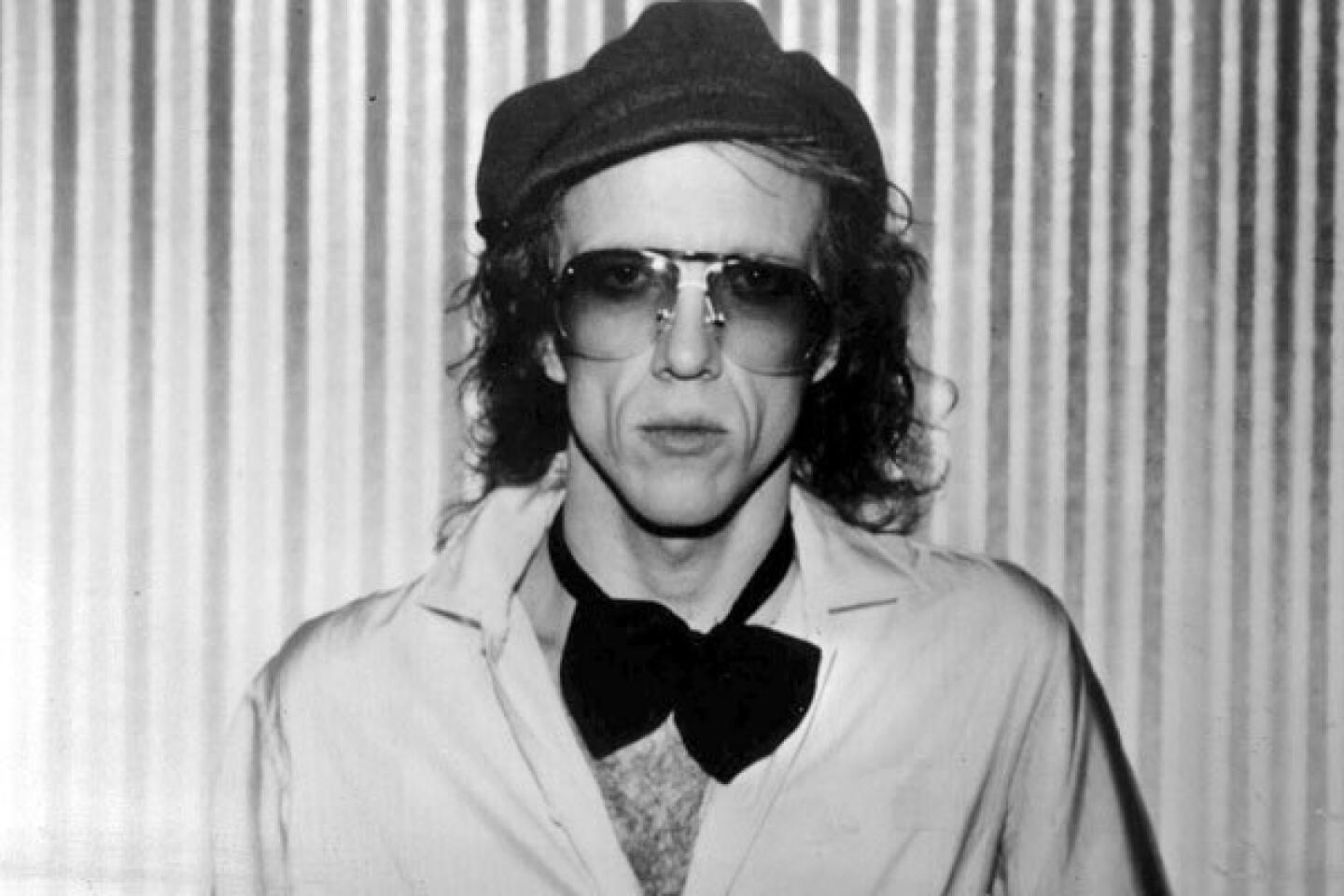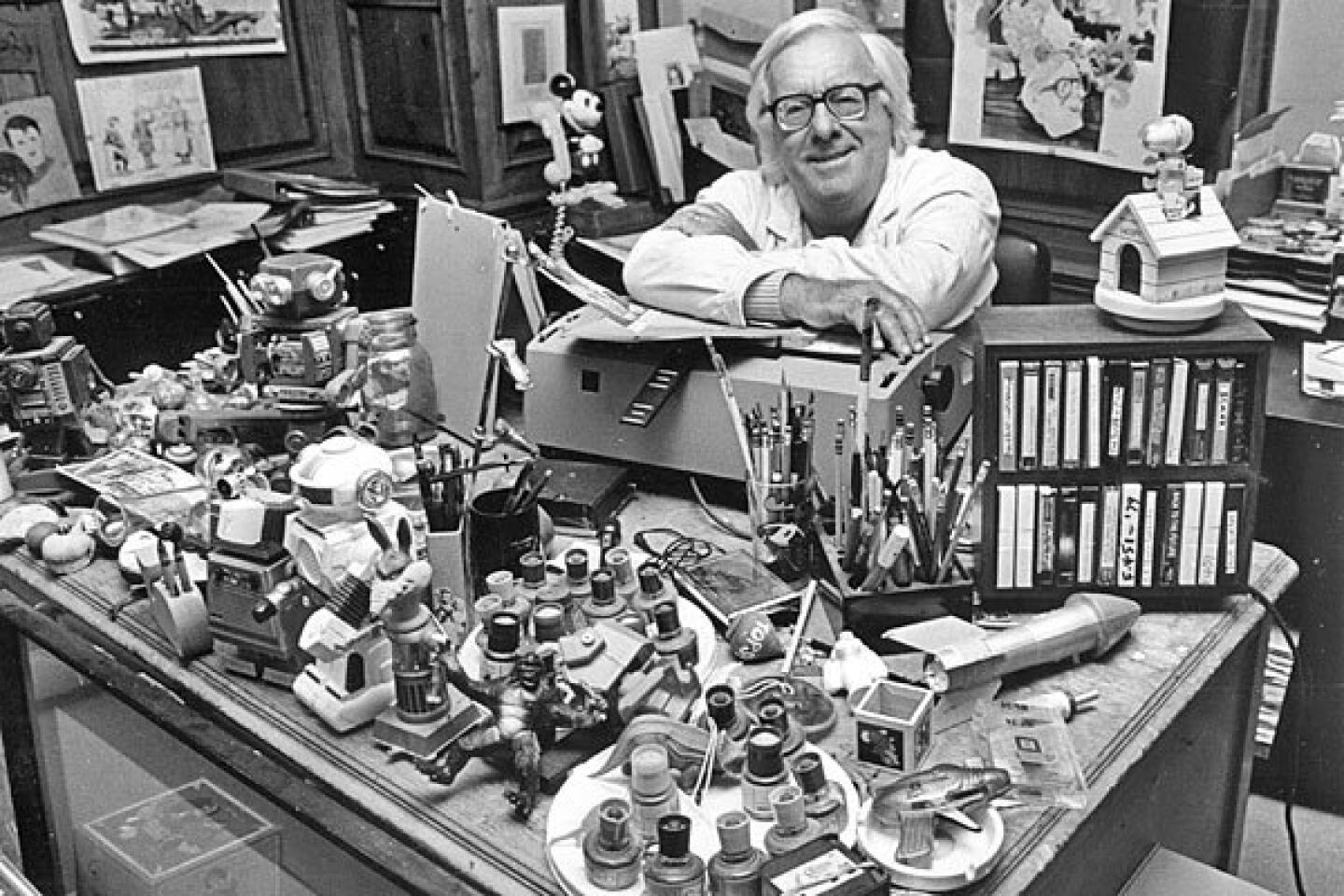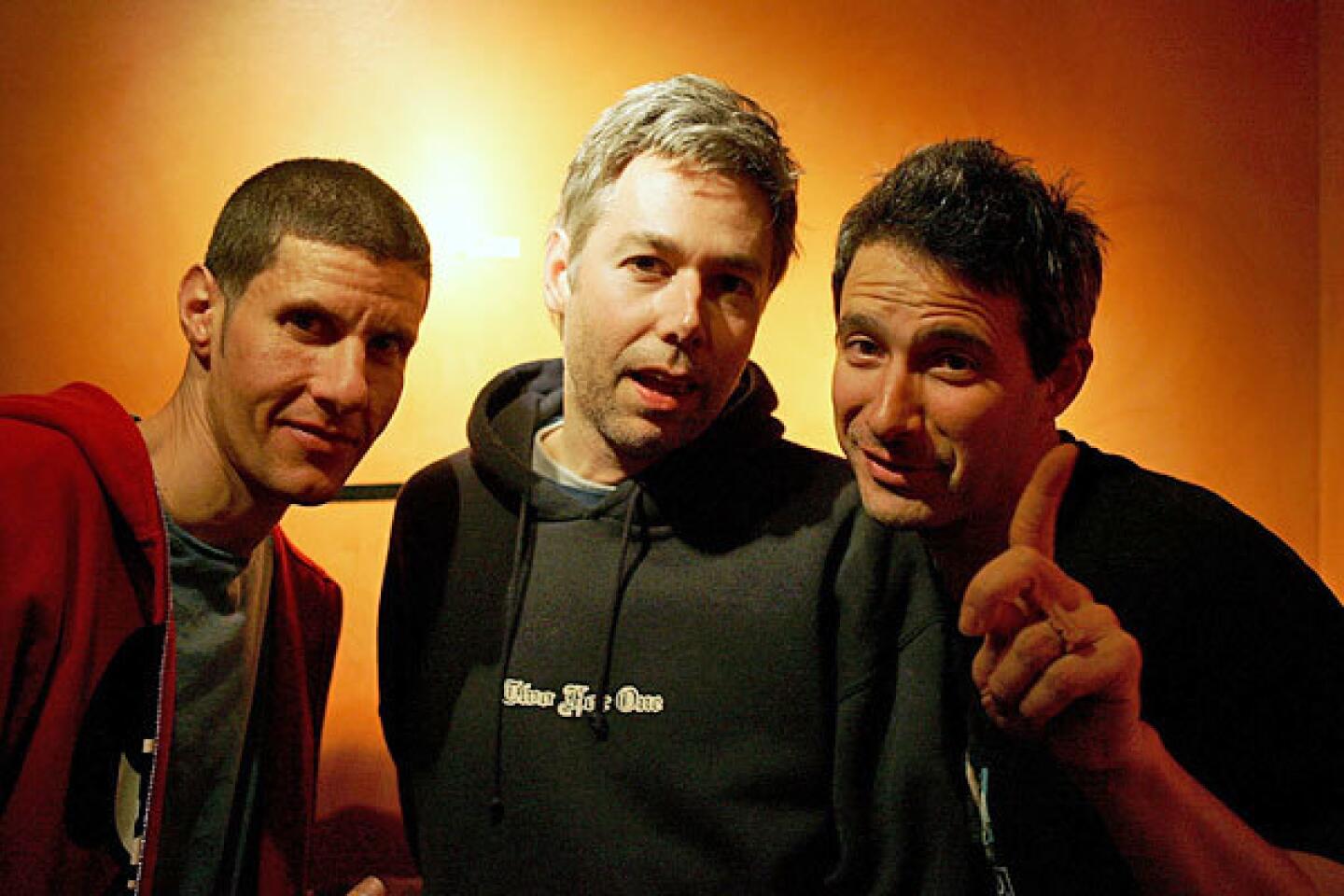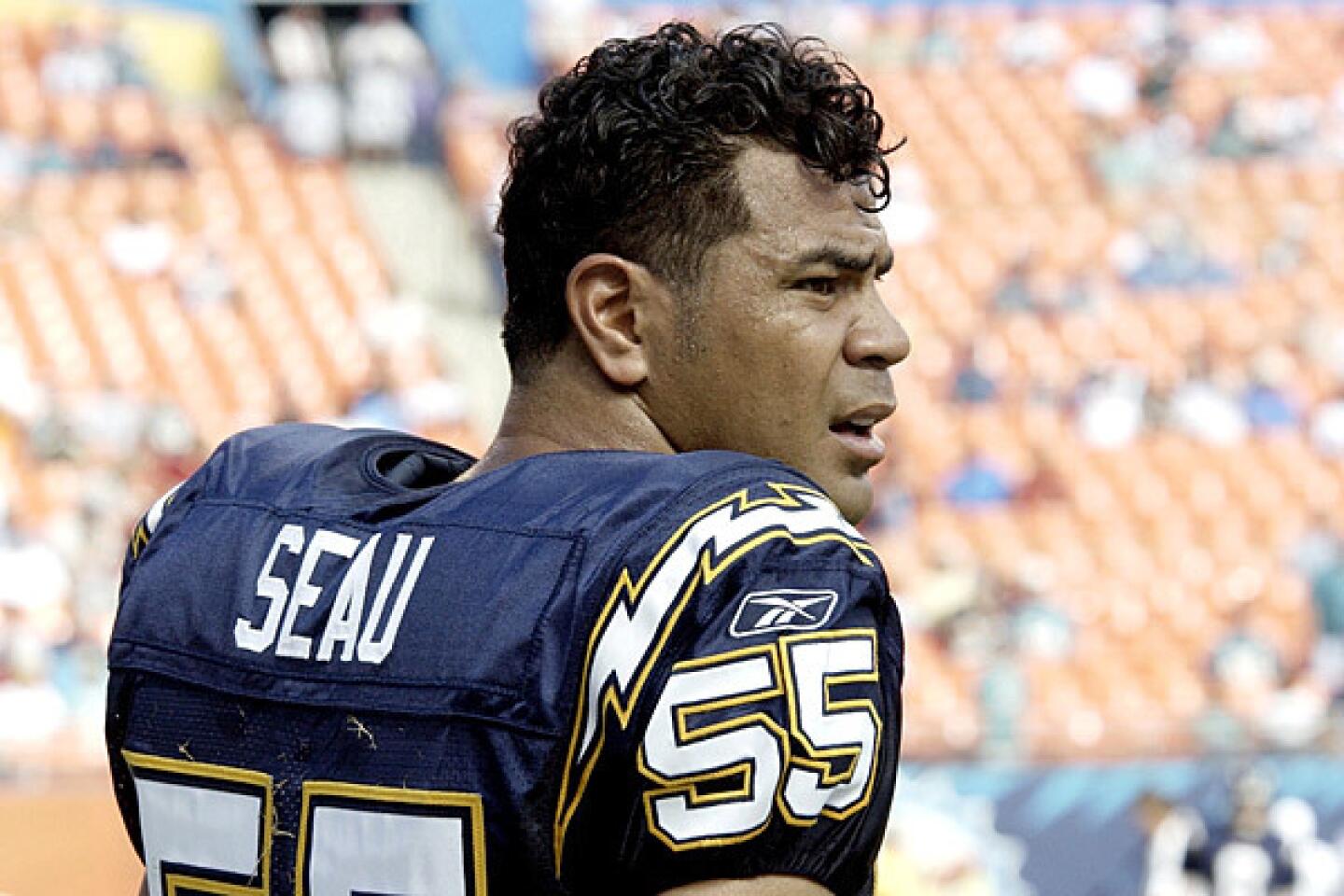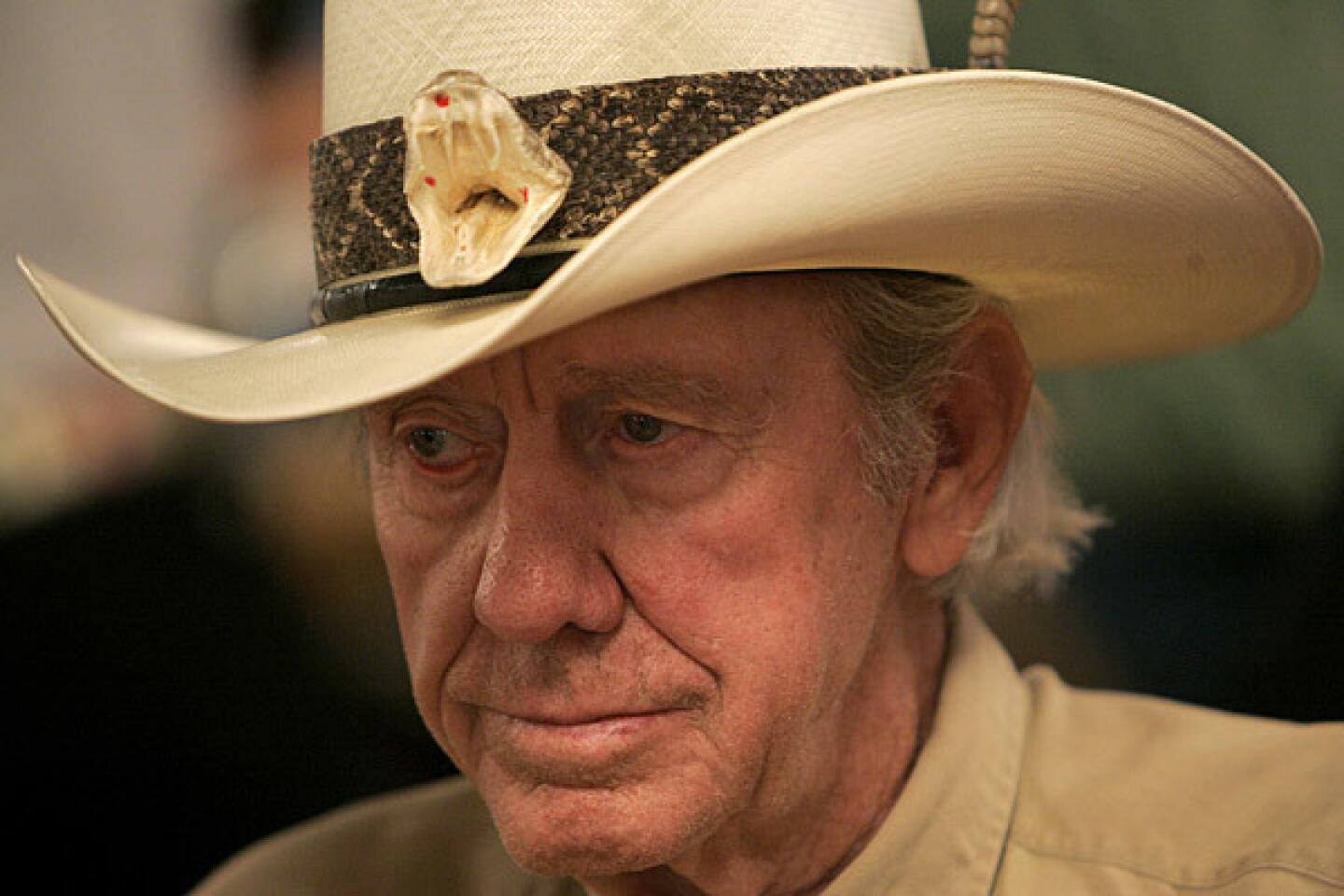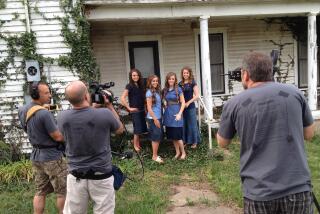Doug Dillard dies at 75; banjo player, member of the Dillards band
Bluegrass banjo pioneer Earl Scruggs answered a knock at the door of his Nashville home in 1953 to find an eager-looking banjo enthusiast on the porch asking Scruggs to put a set of his special tuner keys on the young man’s instrument.
“He was so gracious,” Rodney Dillard said of the reception his older brother, banjo player Doug Dillard, received that day from the father of the bluegrass banjo. “He sold him the tuners, then sat down at his kitchen table and installed them on the spot.”
Doug Dillard, who died Wednesday at 75, put those tuners and Scruggs’ influence to good use over a long career as a founding member of the Dillards bluegrass band, as a solo artist and in collaboration with numerous other country, bluegrass, rock and pop musicians.
He and the band helped popularize bluegrass in the 1960s through regular appearances on “The Andy Griffith Show,” and they were important figures in the creation of what would become known as country rock music.
Dillard, who suffered a collapsed lung several months ago, recently developed a lung infection and died in a Nashville hospital, his brother said.
His declining health prompted Dillard to give up touring about two years ago. Yet he still played occasional recording sessions and isolated concert performances, including when the Dillards were inducted in 2009 into the Bluegrass Hall of Fame in Owensboro, Ky., by the International Bluegrass Music Assn.
“I would put him at the very top level of proficiency on the banjo, right up there with Earl Scruggs,” Chris Hillman, a founding member of the Byrds and the Flying Burrito Brothers, said Thursday. “He was a great musician, and he greatly influenced me.”
Actor and comedian Steve Martin, who has focused in recent years on his career as a bluegrass banjo player, said in a statement: “Doug Dillard was a banjo icon. He, along with his group, the Dillards, influenced so many players.... He was fast, clean and a melodic player with his own style.”
Born March 6, 1937, in Salem, Mo., in the Ozark Mountains, Douglas Flint Dillard was one of three sons of Homer and Lorene Dillard. Music ran in the family: Homer played fiddle, their mother was a guitarist and the eldest sibling, Earl, played keyboards.
Doug Dillard never forgot how Scruggs affected him the first time he heard him. “I was driving down the road with the radio on,” Dillard recalled. “All of a sudden I heard this incredible banjo music. I got so excited that I drove off the road and down into a ditch. I had to be towed out.”
He started on guitar, got his first banjo at 15 as a Christmas present and promptly wrote a letter to Scruggs asking whether 16 was too young to learn the banjo. Scruggs wrote back encouraging his interest in the instrument, cementing Dillard’s love for the banjo. By 19 he was performing regularly on a Salem radio station. He and Rodney were members of the Ozark Mountain Boys from 1956 to 1959.
But as teenagers in the ‘50s, the Dillard brothers were also exposed to the sounds of rock ‘n’ roll, which they wanted to incorporate into their music. Doug earned an accounting degree at Washington University in St. Louis, and Rodney, five years younger, said he “quituated” from studies at Southern Illinois University to pursue their passion for playing music.
When they were ready to seek a wider audience, “we decided we wanted to go to Los Angeles, because we felt people were more open-minded, creative-wise,” Rodney Dillard said Thursday. “Nashville was formula cut-and-dried at that time.”
Shortly after arriving in L.A., the Dillards were signed to the burgeoning folk-rock label Elektra Records, which issued their major-label debut album “Back Porch Bluegrass.”
“When they hit town, they completely blew everybody away,” Chris Hillman, a founding member of the Byrds, said Thursday. The Byrds later enlisted the Dillards as an opening act after their own career took off.
“It wasn’t the old bluegrass thing,” Hillman said. “Doug Dillard was the only bluegrass banjo player who actually smiled on stage. He really enjoyed himself. Their entire approach was very entertaining. And Doug was an amazing player.”
The Dillards also departed from strict bluegrass tradition as one of the first acts to use amplified instruments.
Their music and faces became familiar nationwide starting in 1963, when they began appearing on “The Andy Griffith Show” as a band called The Darlin’ Boys. Griffith encouraged them to use their original songs as often as possible on his show. Their popularity led to guest spots on musical variety shows hosted by Judy Garland, Tennessee Ernie Ford and others.
“Because of ‘The Andy Griffith Show’ and the exposure that music brought, it gave an introduction to bluegrass to a lot of people who never ever would have gotten to it,” Rodney said. “They found others like Flatt & Scruggs and the Osborne Brothers, and found this whole world of the classic form of traditional music.”
One of those was contemporary banjo innovator Bela Fleck, who first heard the Dillards when he was growing up in New York City. “It was one of the few bluegrass bands you could see on TV. Flatt & Scruggs were on ‘The Beverly Hillbillies’ pretty rarely.”
Living and working in Southern California in the 1960s, the Dillards were in on the birth of what would become known as country rock.
“They were living in the real world playing this music, and that world was very different than what it was to be playing in Flatt & Scruggs’ time,” Fleck said. “They were trying to figure out how to bring that music to the audience that was there, so they were open to everything…. They really had a unique band sound, and Doug was at the center of it — he came up with a variation on the Scruggs style that was hard-driving but intelligent. It wasn’t like the old mountain stuff. “
The Dillards were invited to open shows on a two-week tour by the Byrds, which was at the forefront of blending country, rock and folk strains. After he left the Dillards, Doug joined the Byrds on their European tour.
In the 1970s Dillard joined ex-Byrds member Gene Clark in the Dillard and Clark band. With Doug pursuing solo and other interests, the Dillards continued with Rodney at the helm. The Dillards’ only album to chart on Billboard, 1972’s “Roots and Branches,” was recorded without Doug.
The brothers had toured together again in recent years until Doug’s health declined to the point where he could no longer handle the rigors of the road.
Besides his brothers Rodney and Earl, Dillard is survived by his wife, Vikki Sallee.
More to Read
The biggest entertainment stories
Get our big stories about Hollywood, film, television, music, arts, culture and more right in your inbox as soon as they publish.
You may occasionally receive promotional content from the Los Angeles Times.
